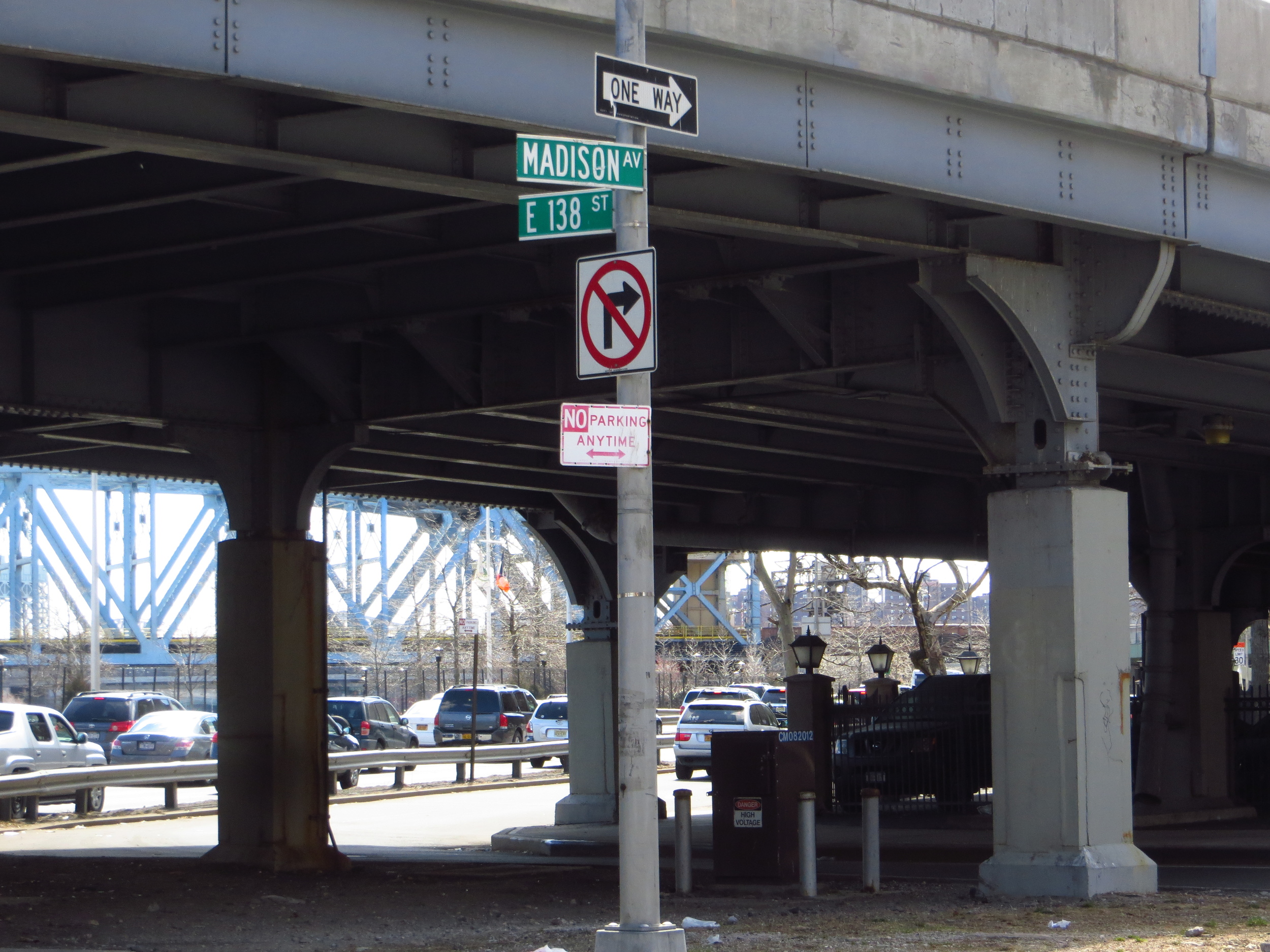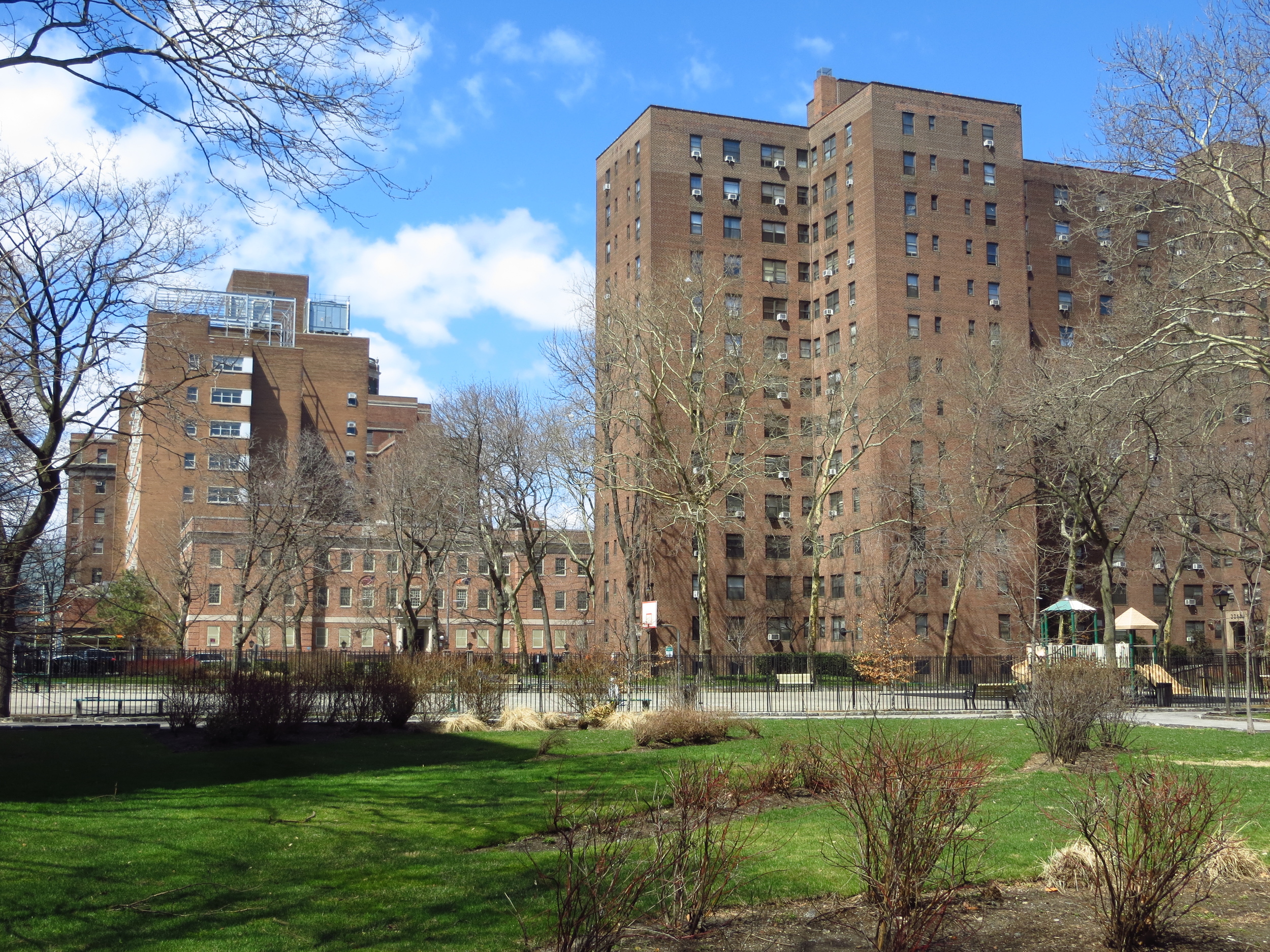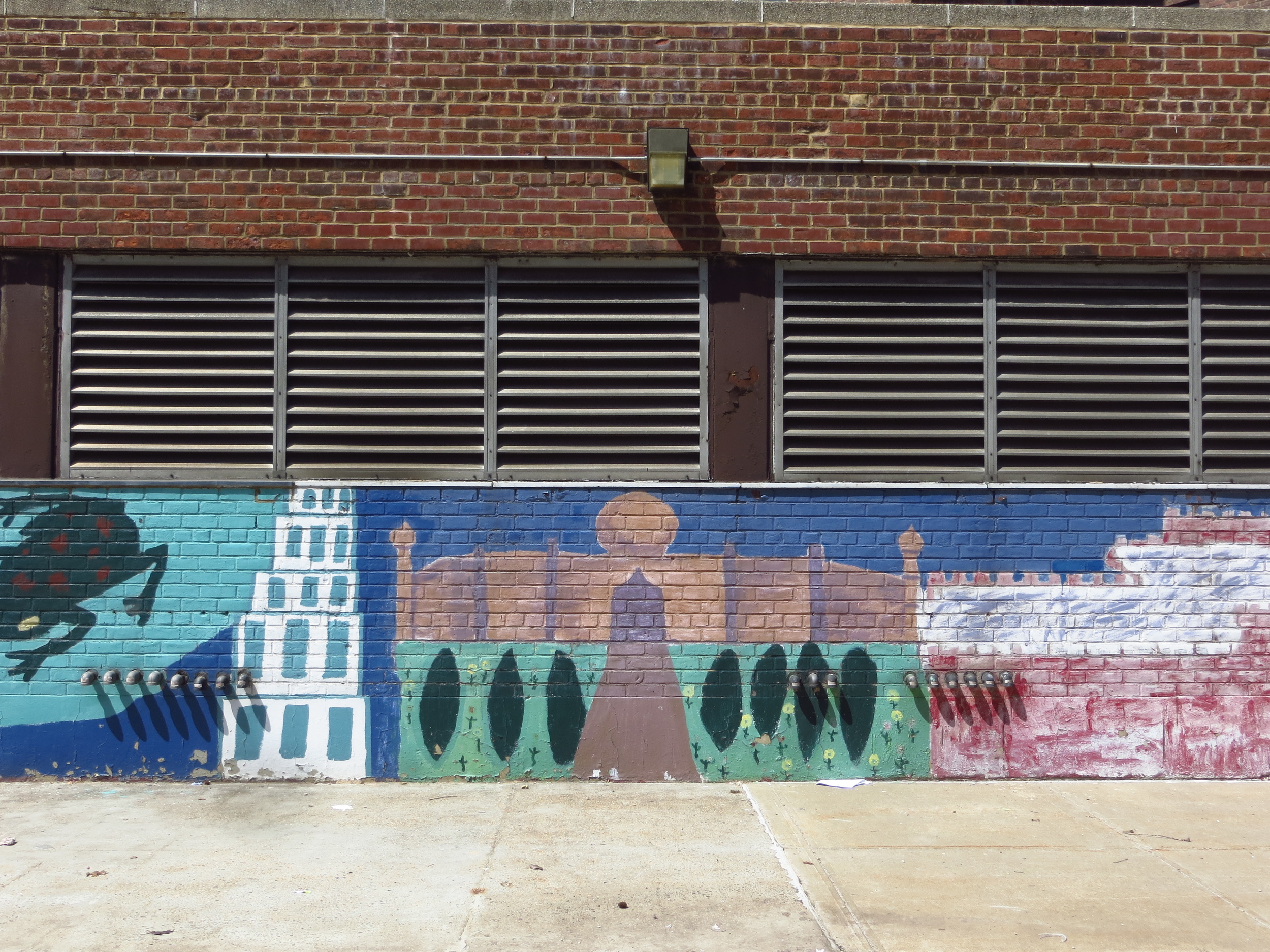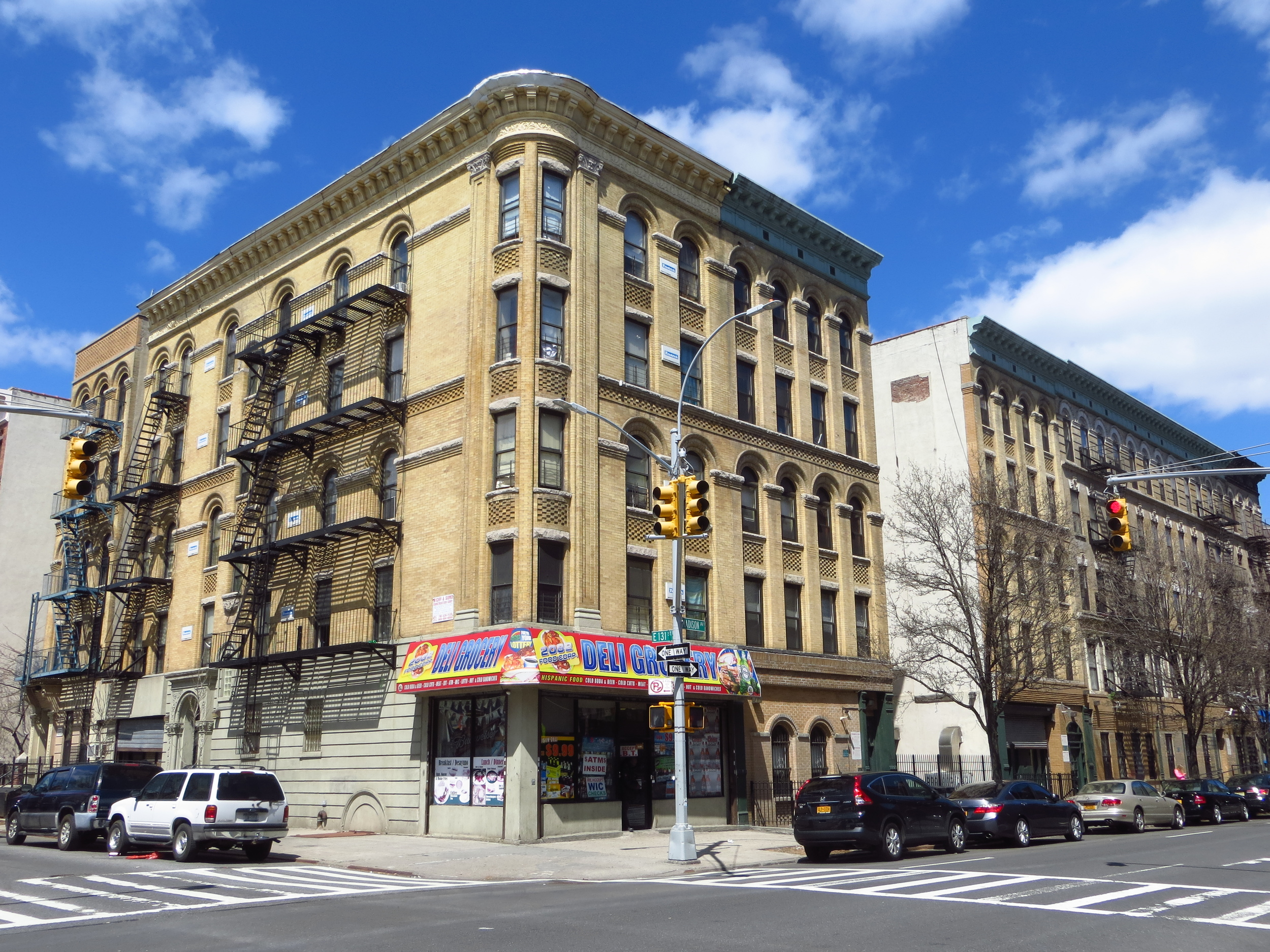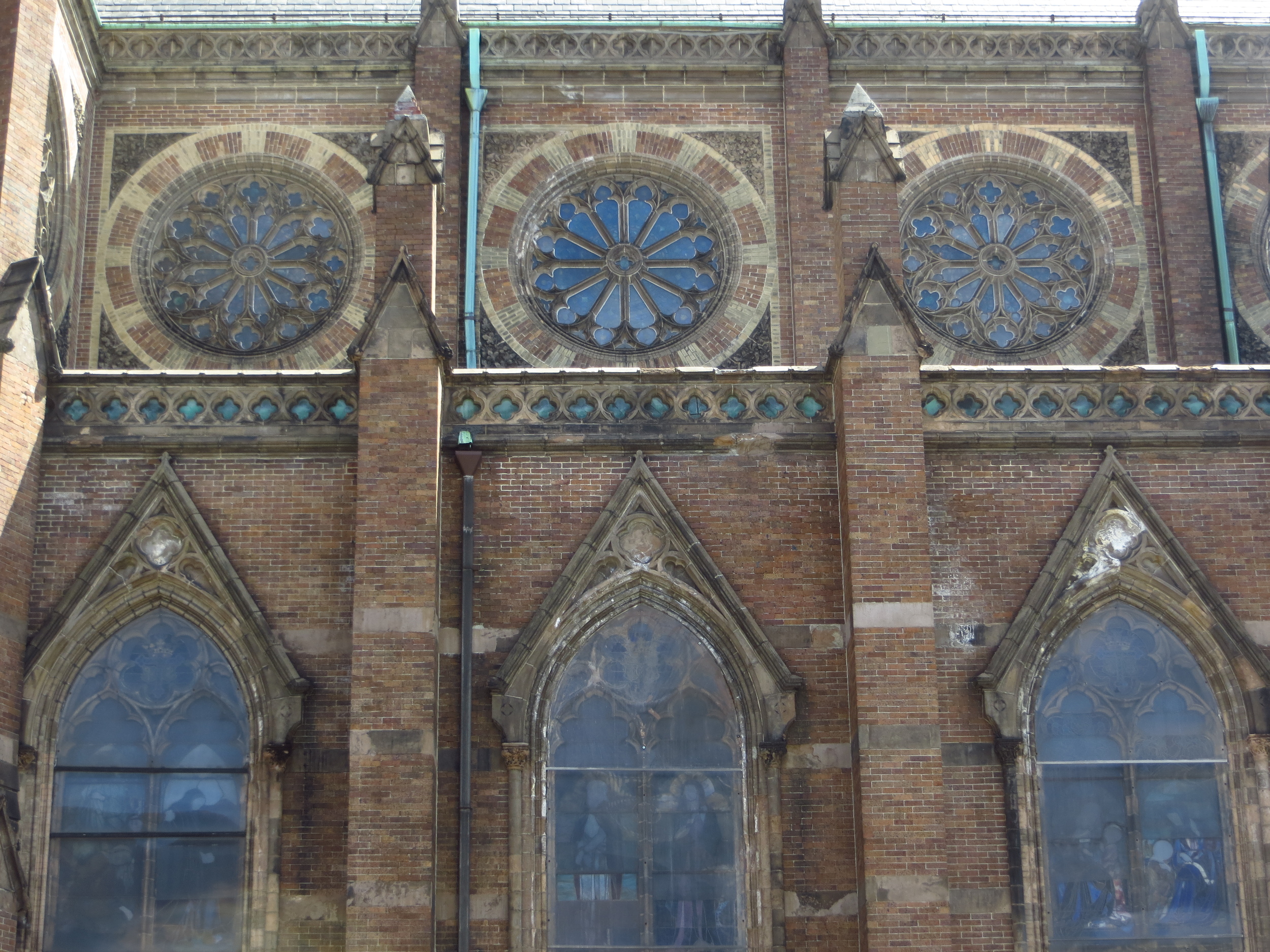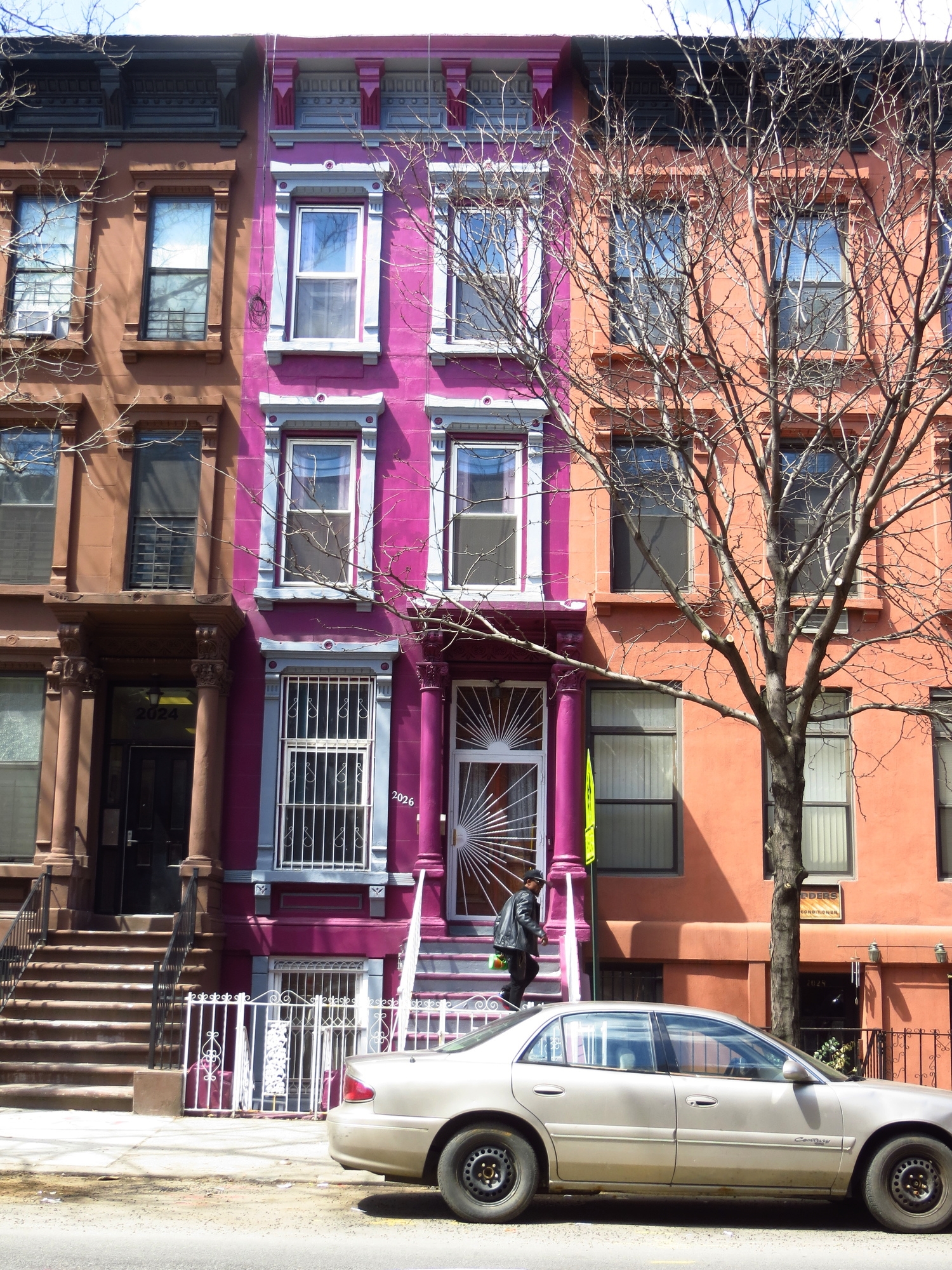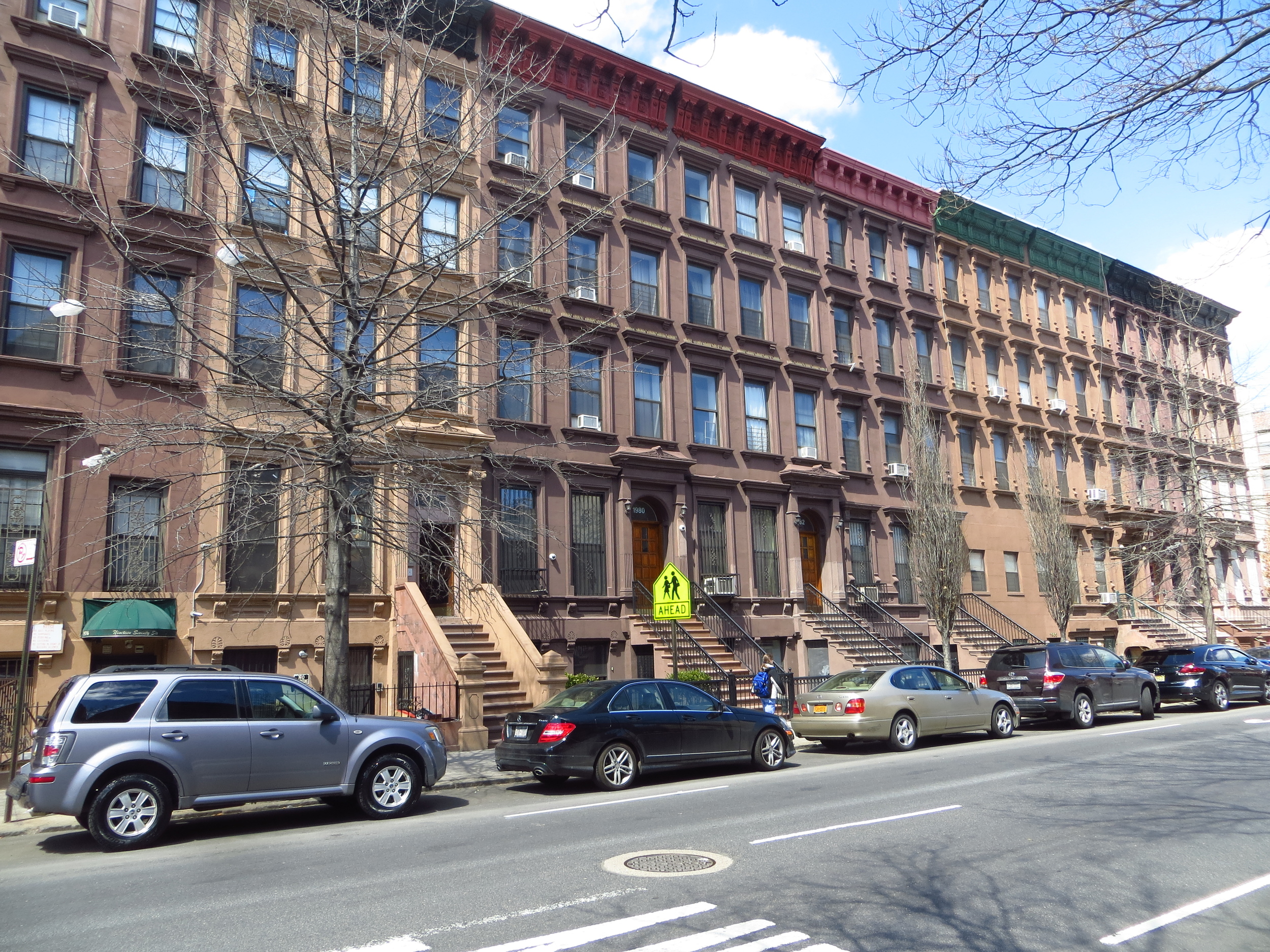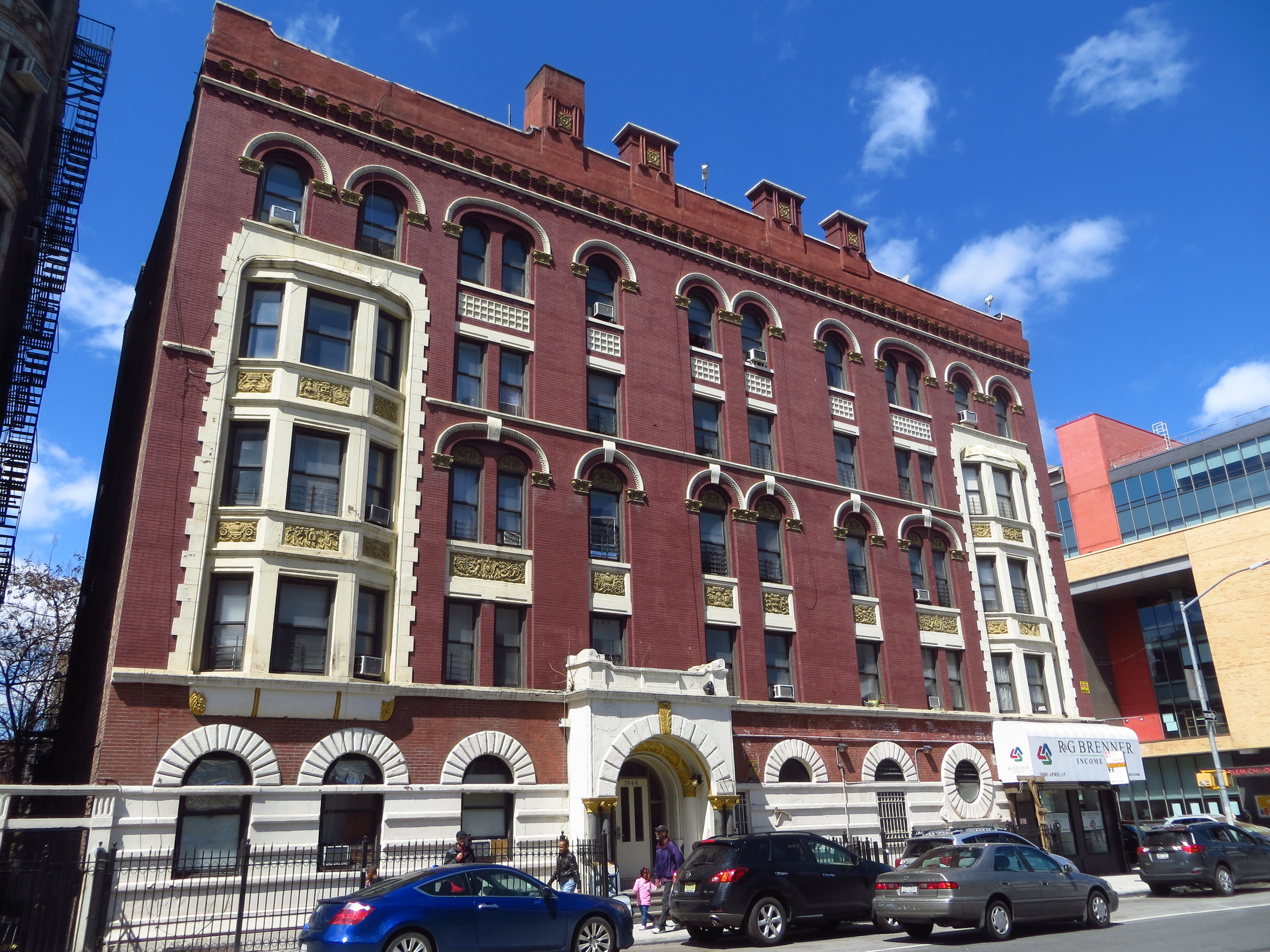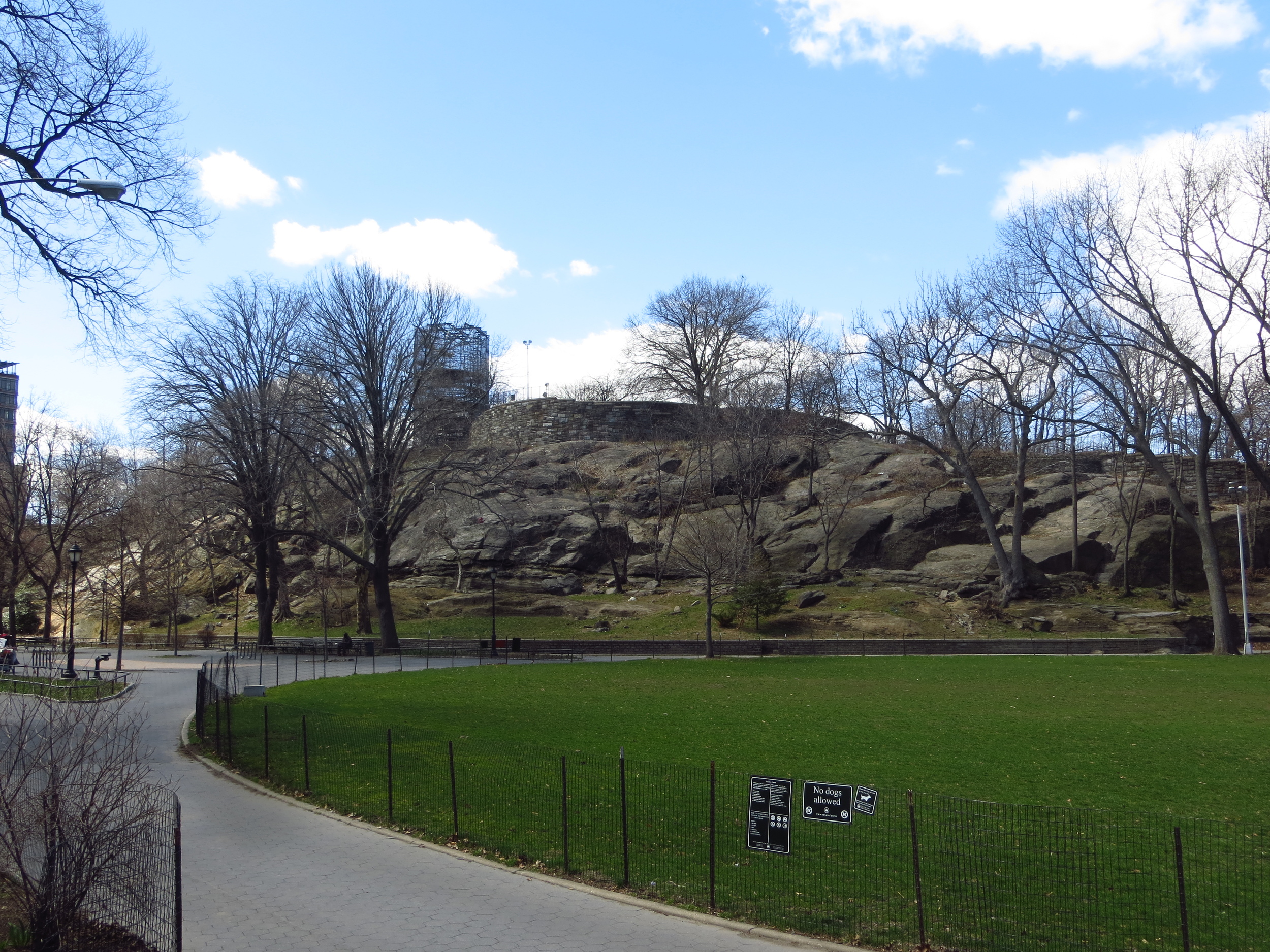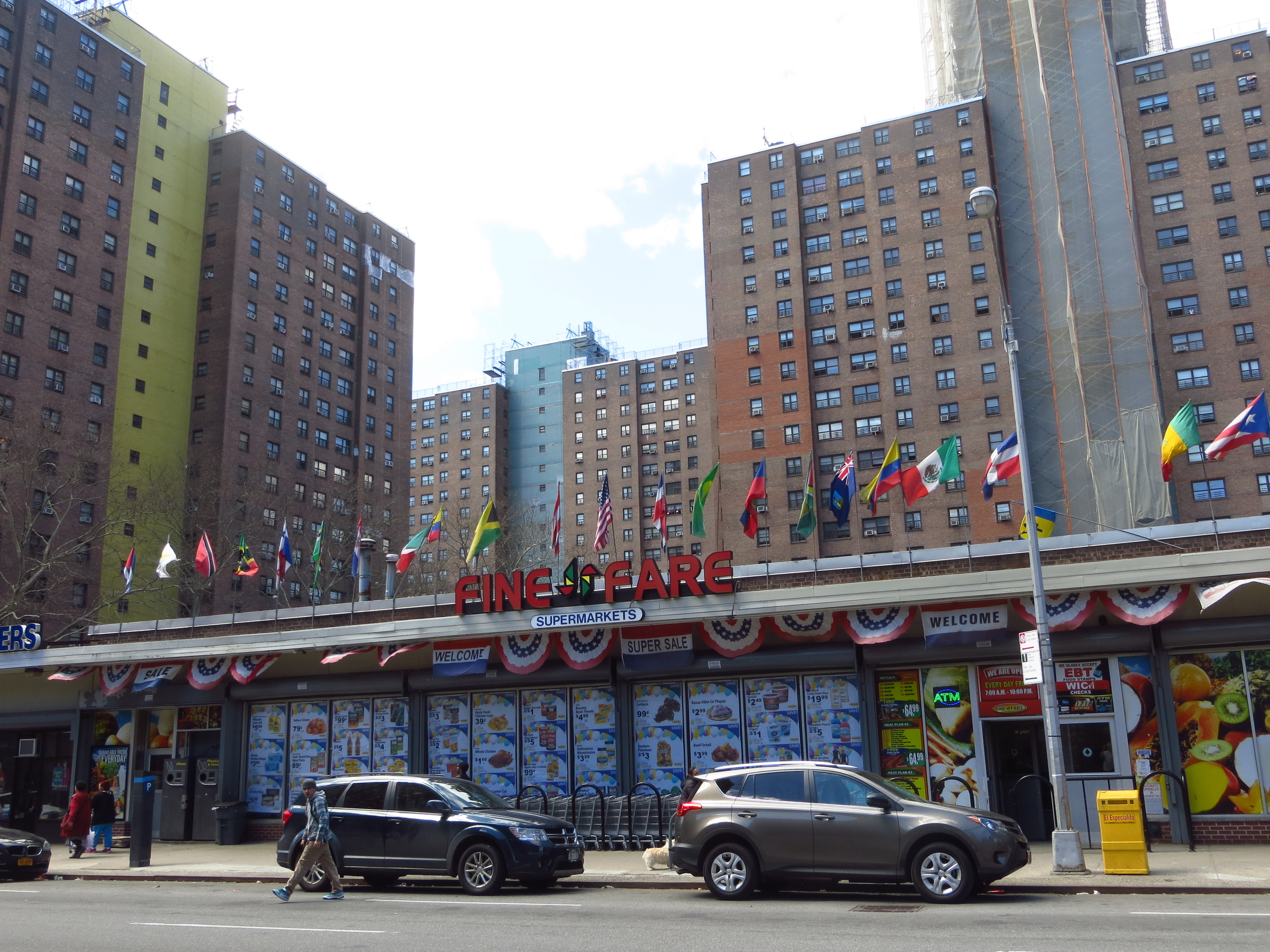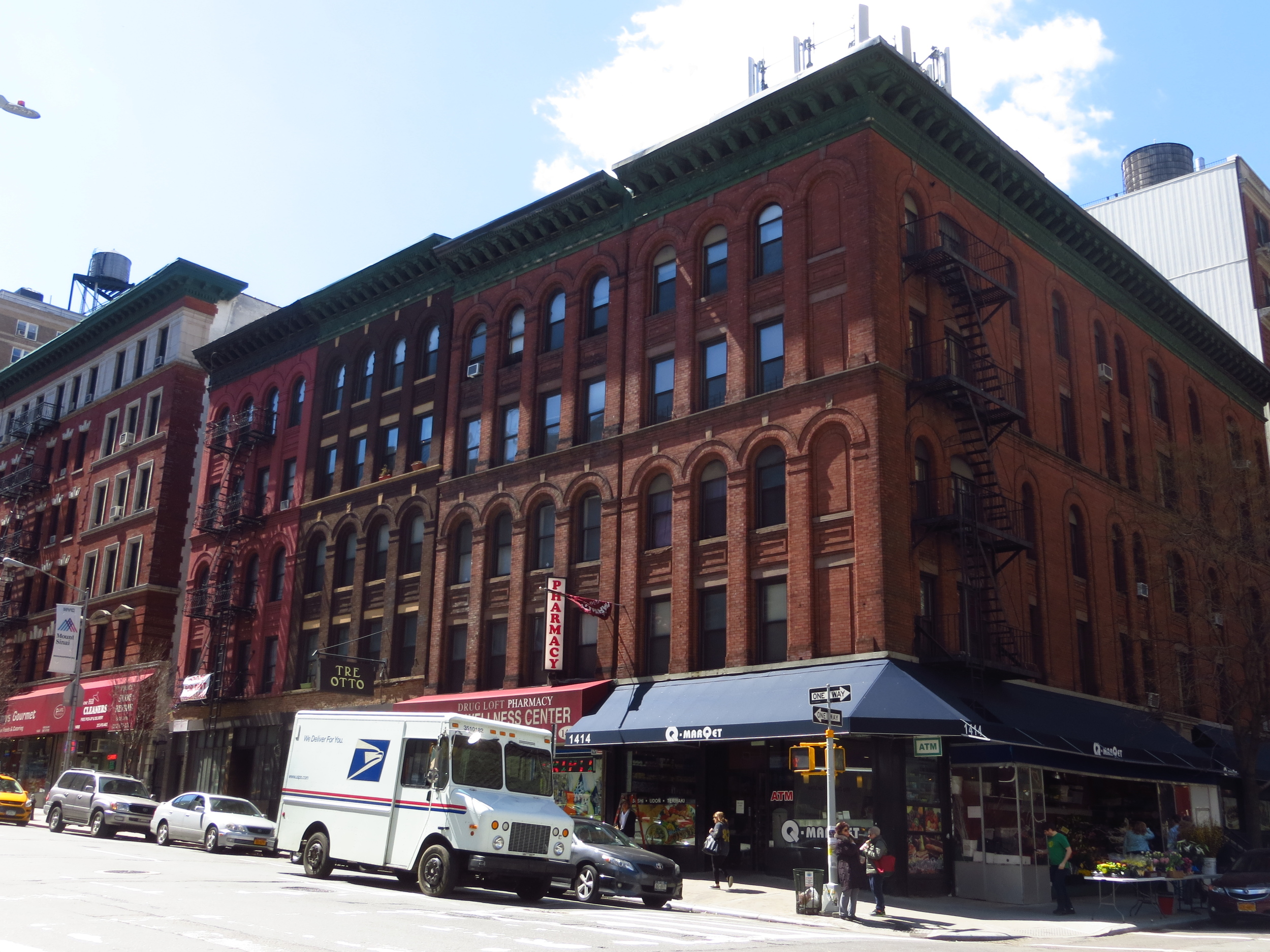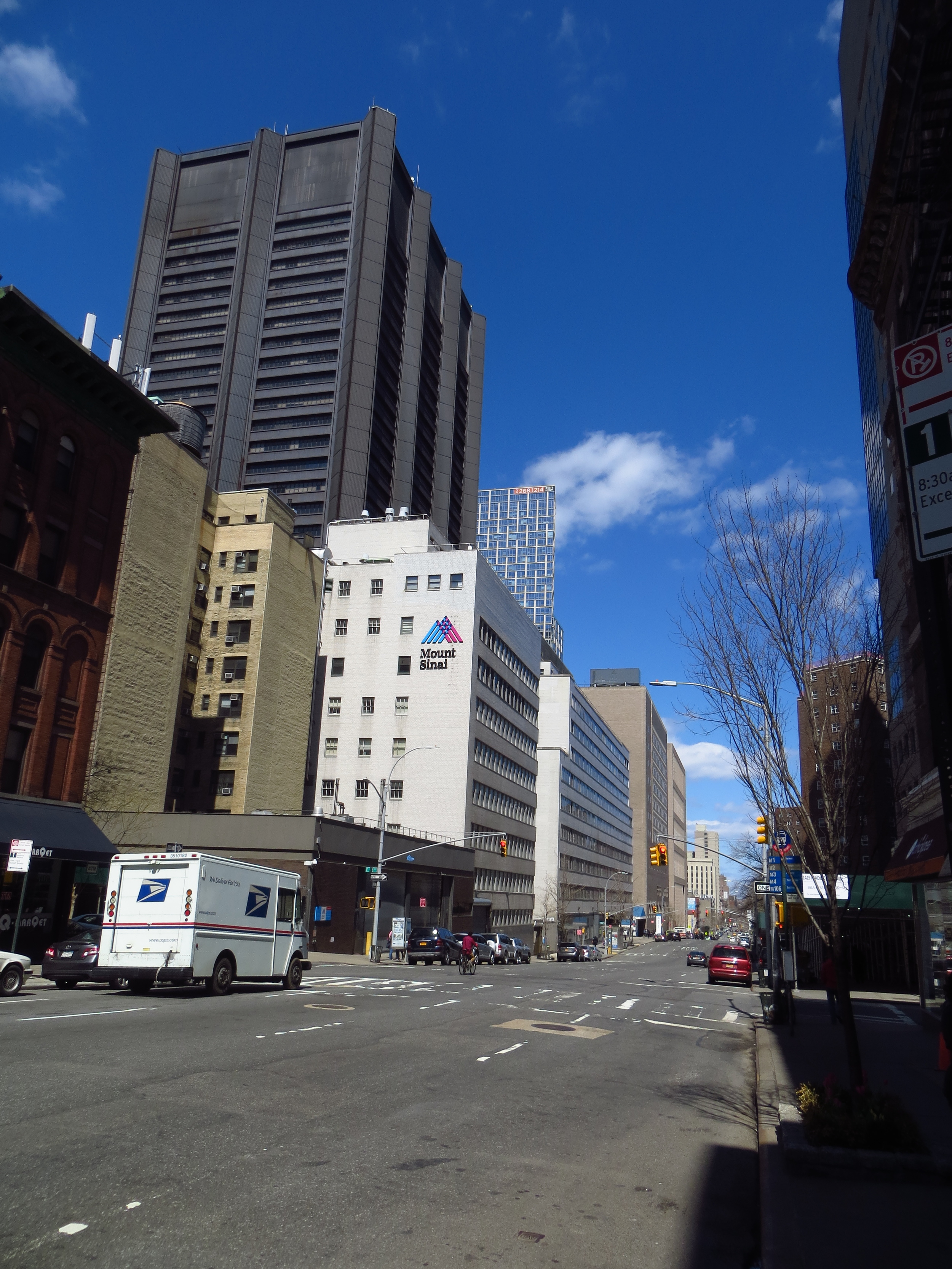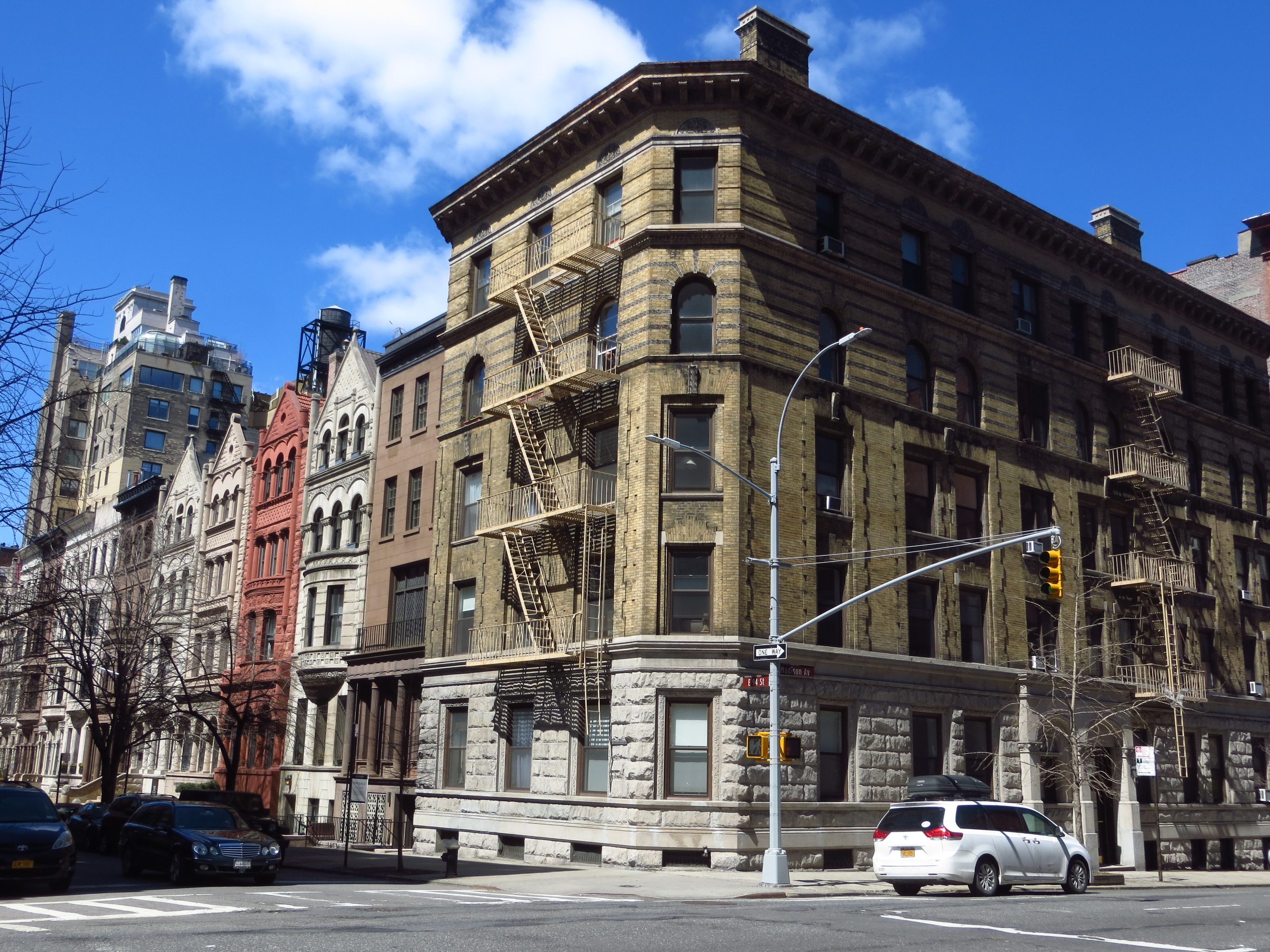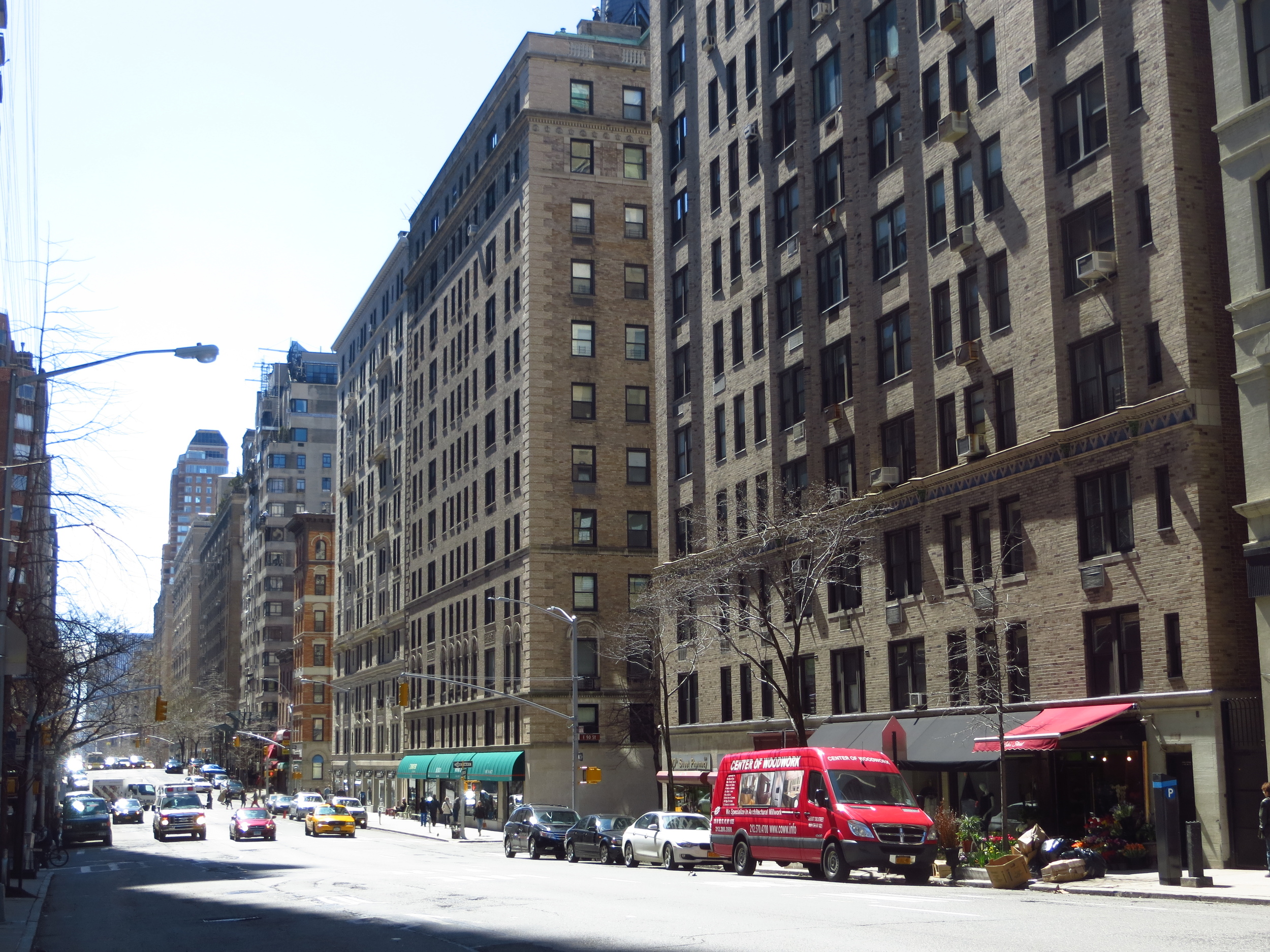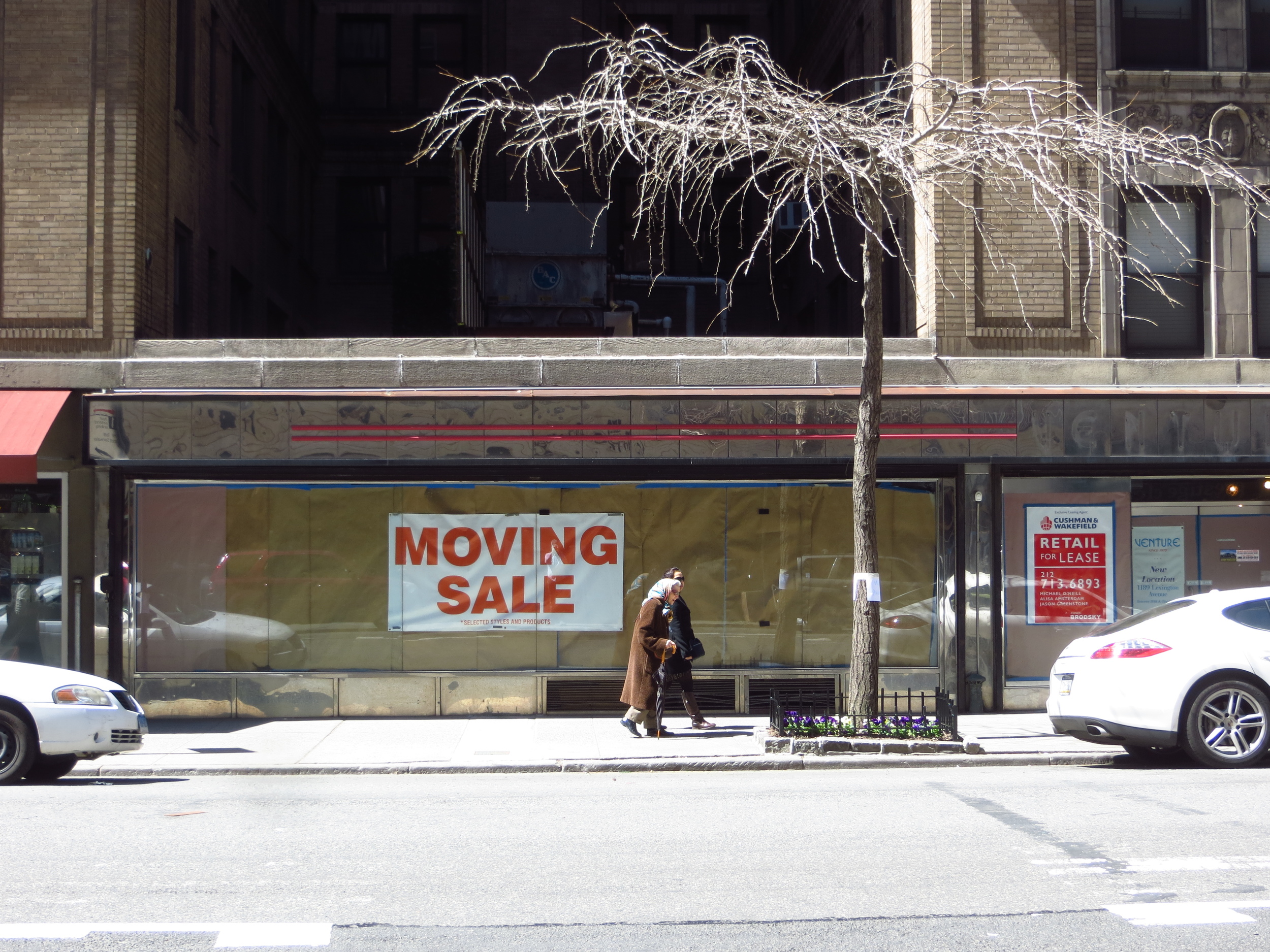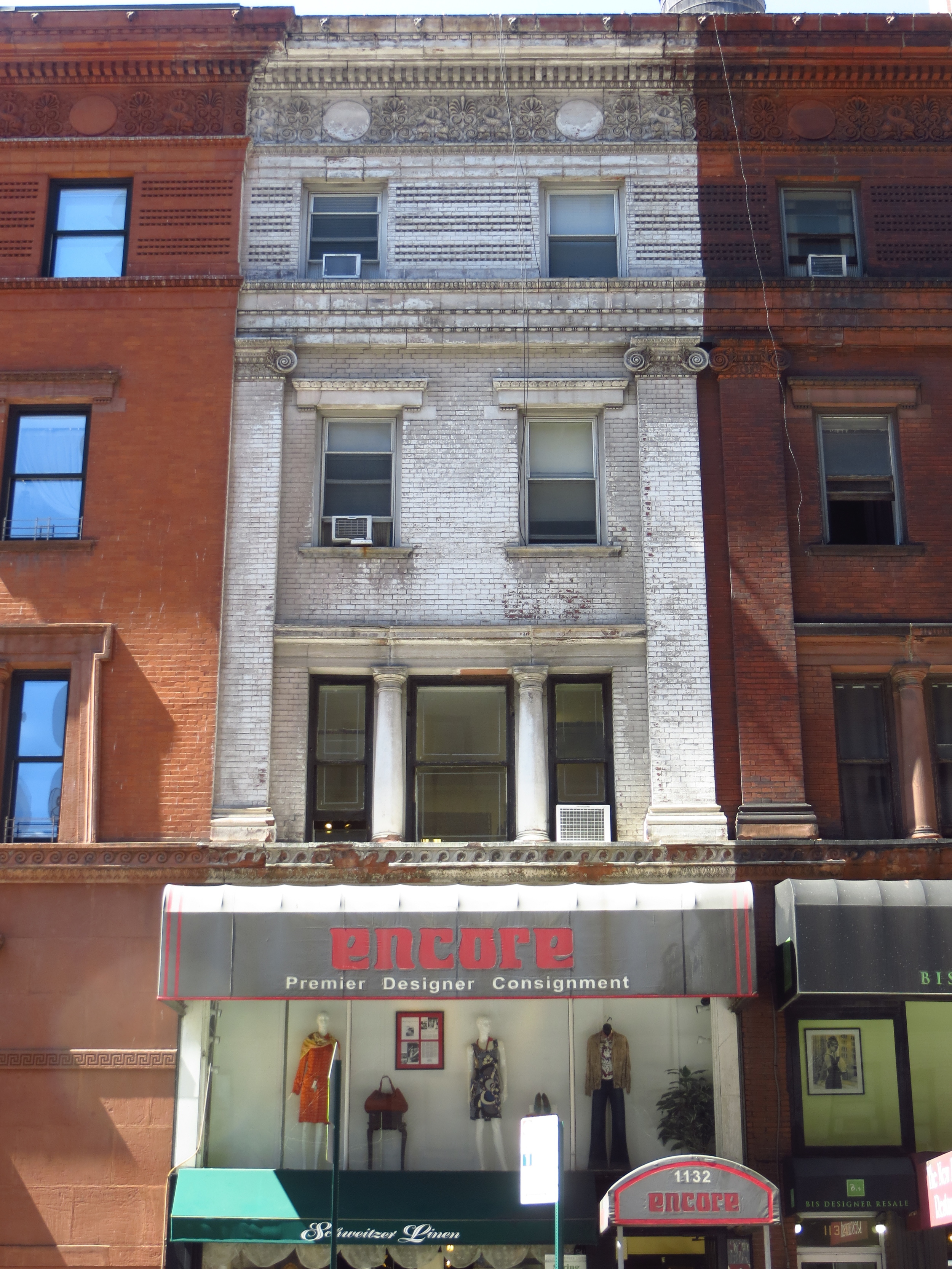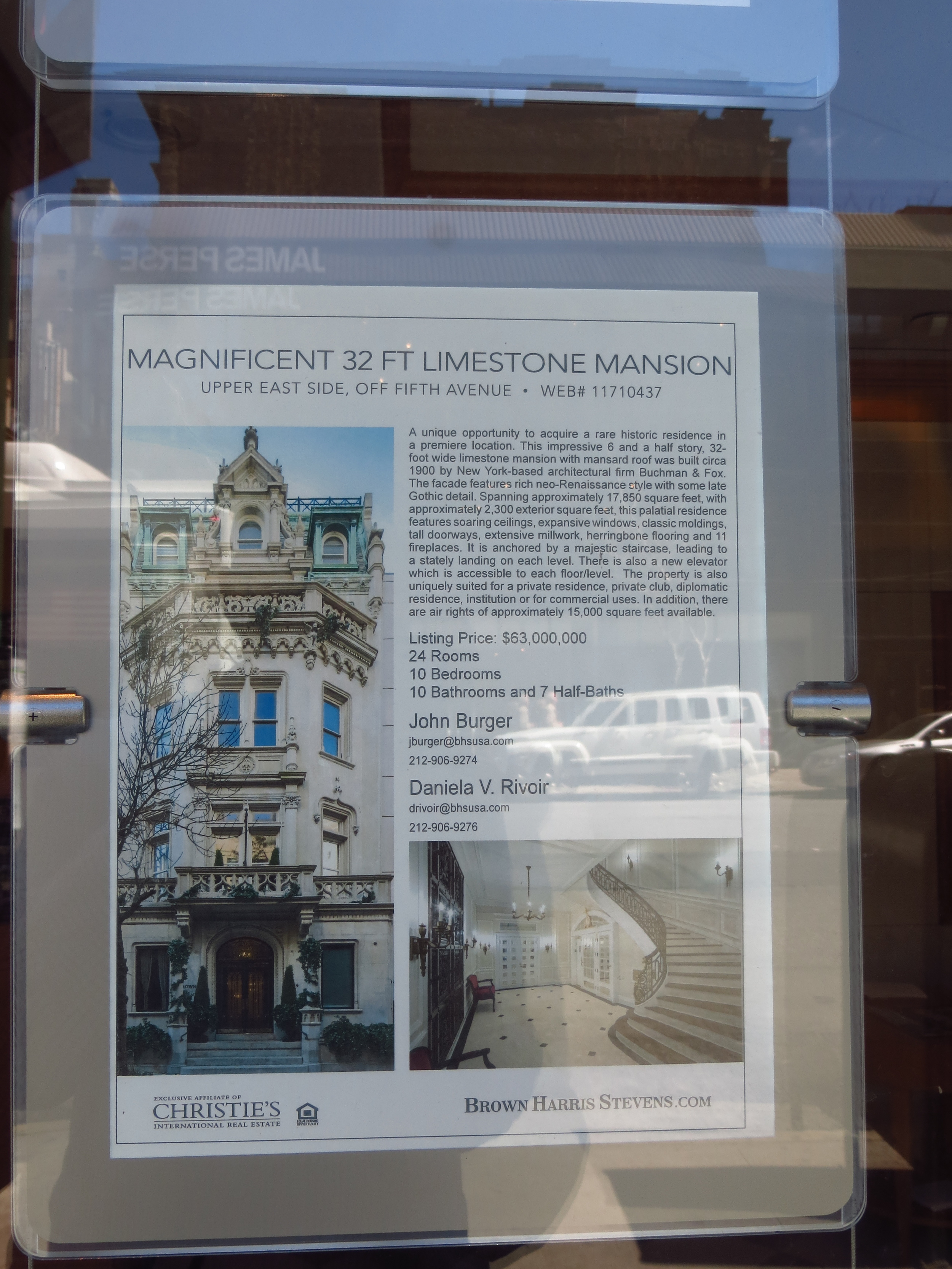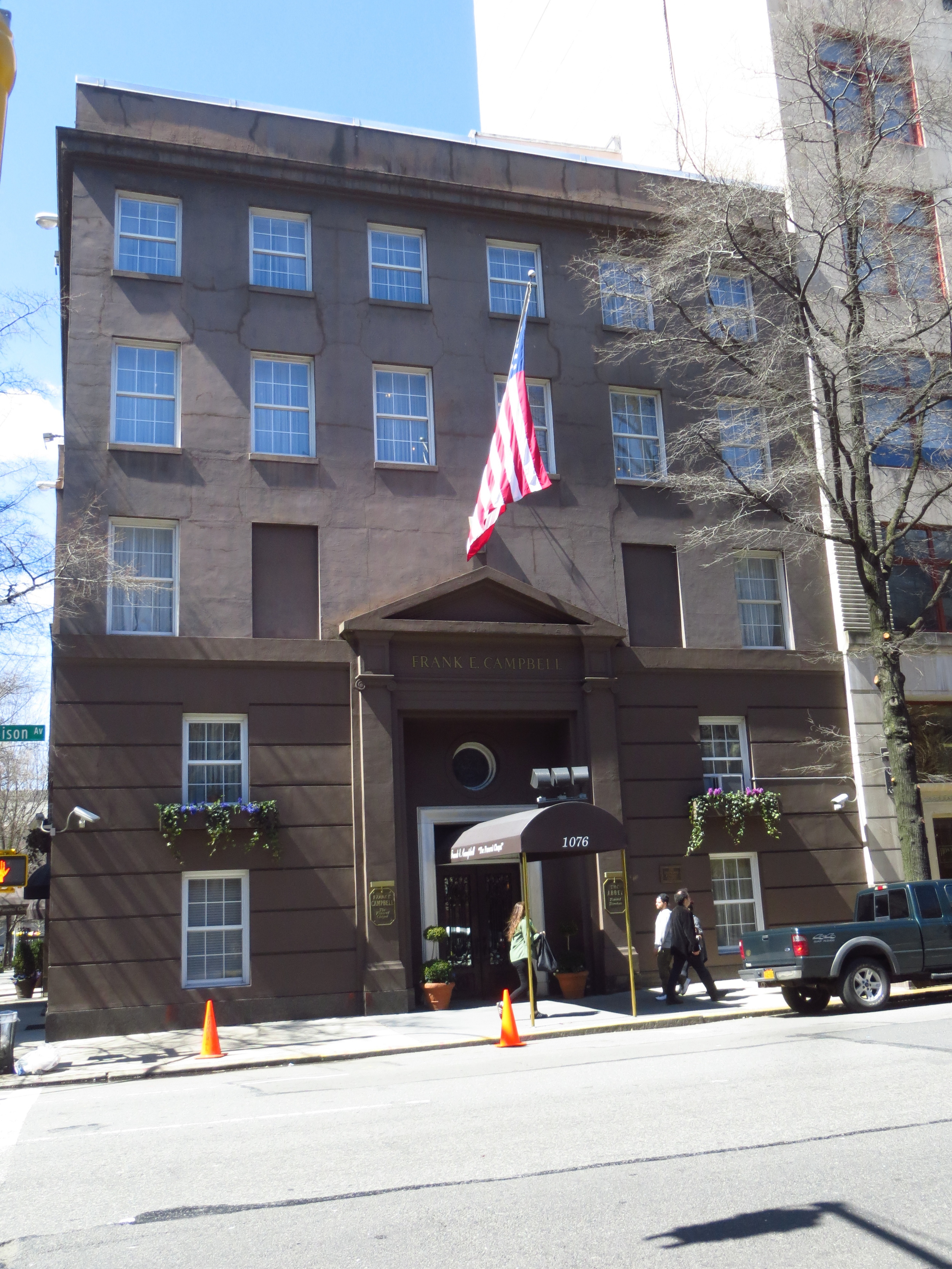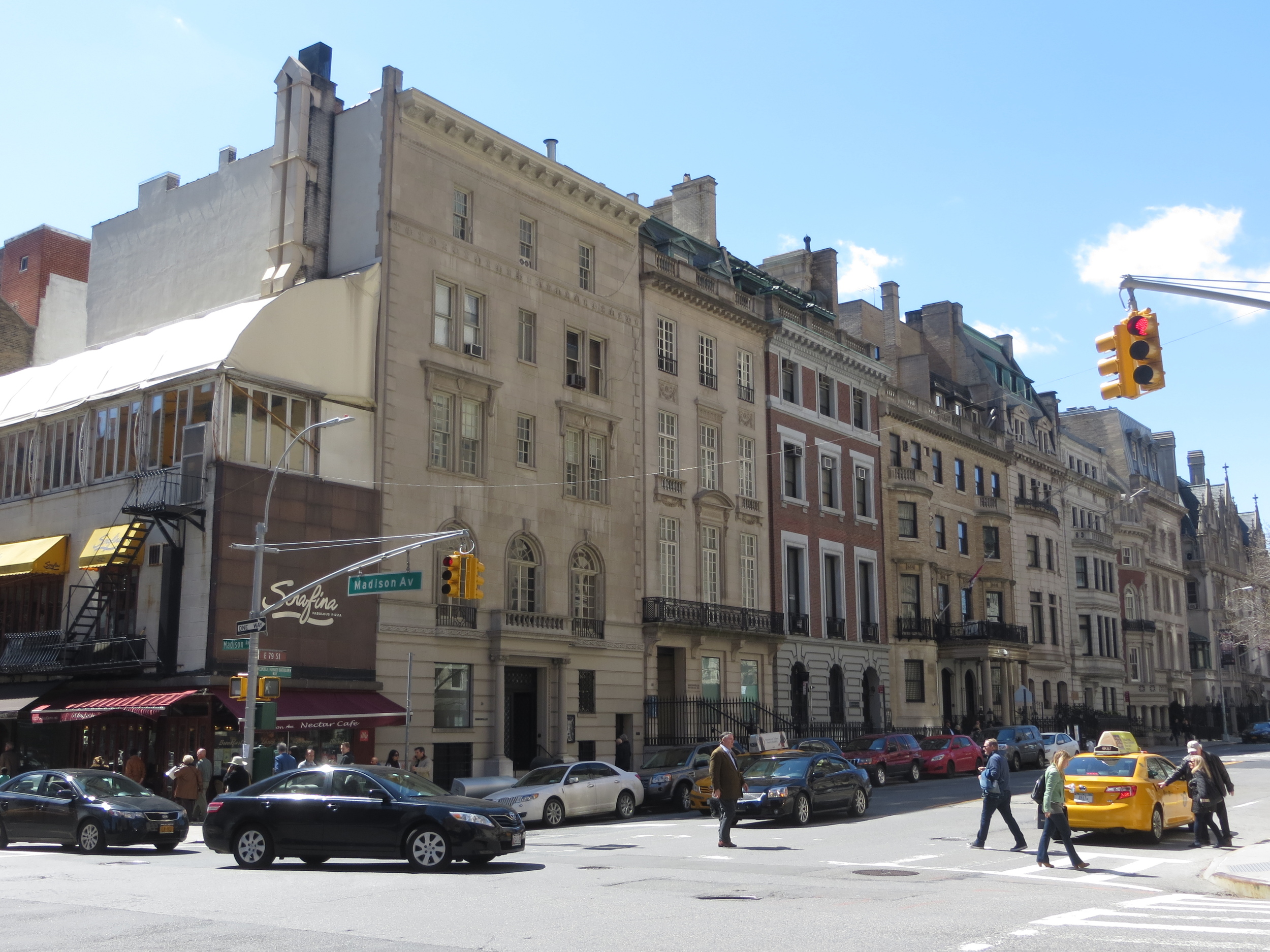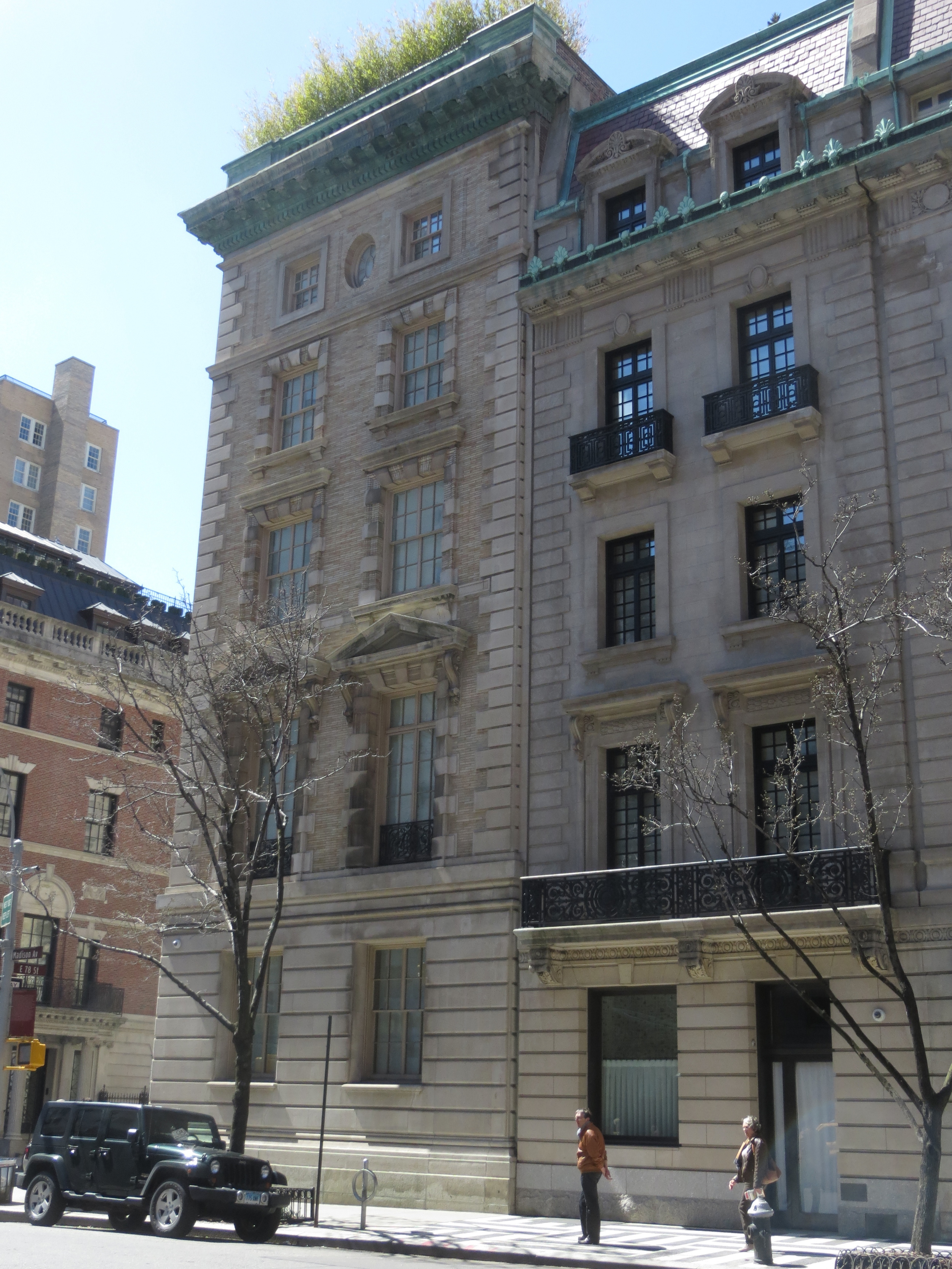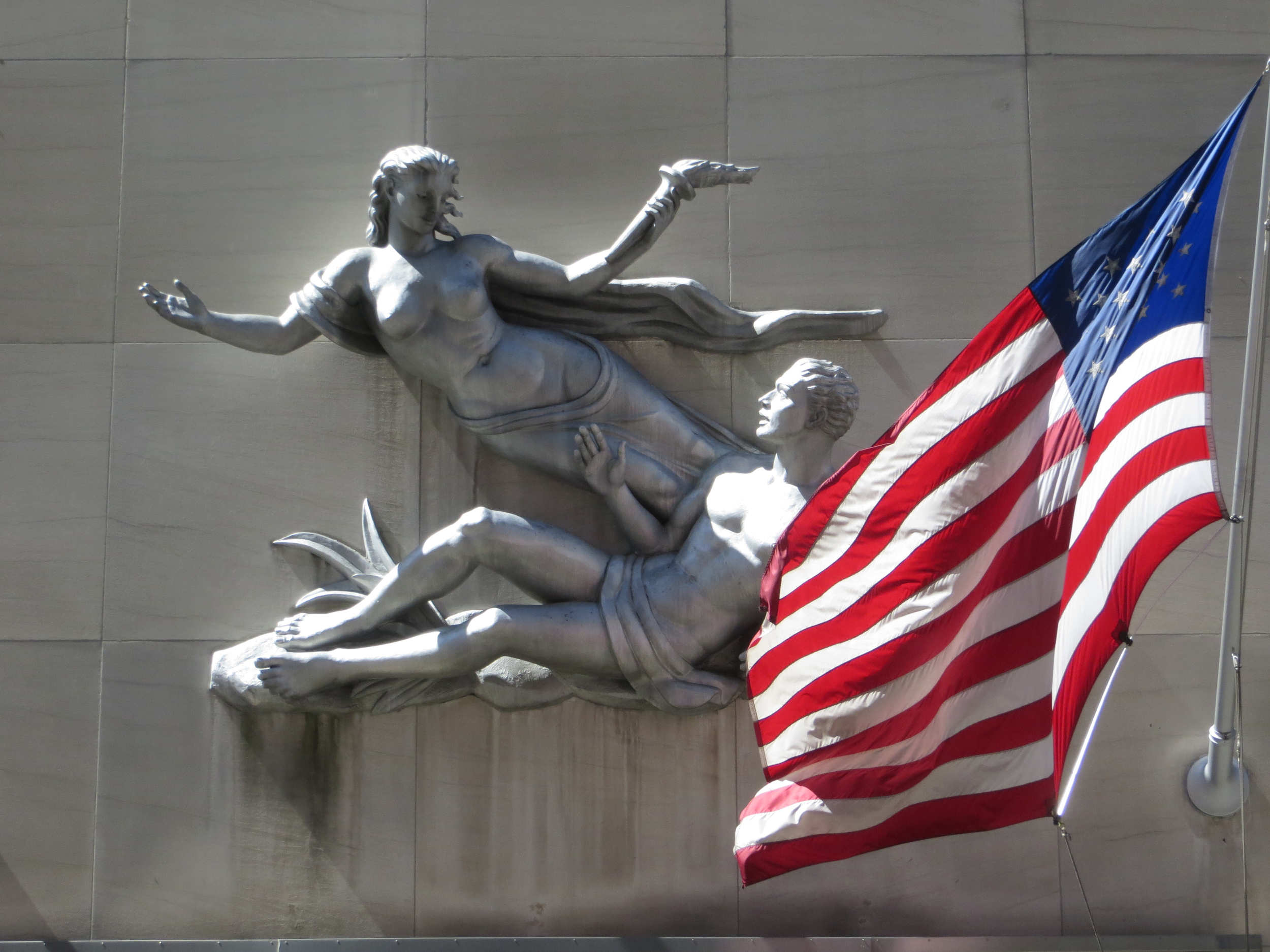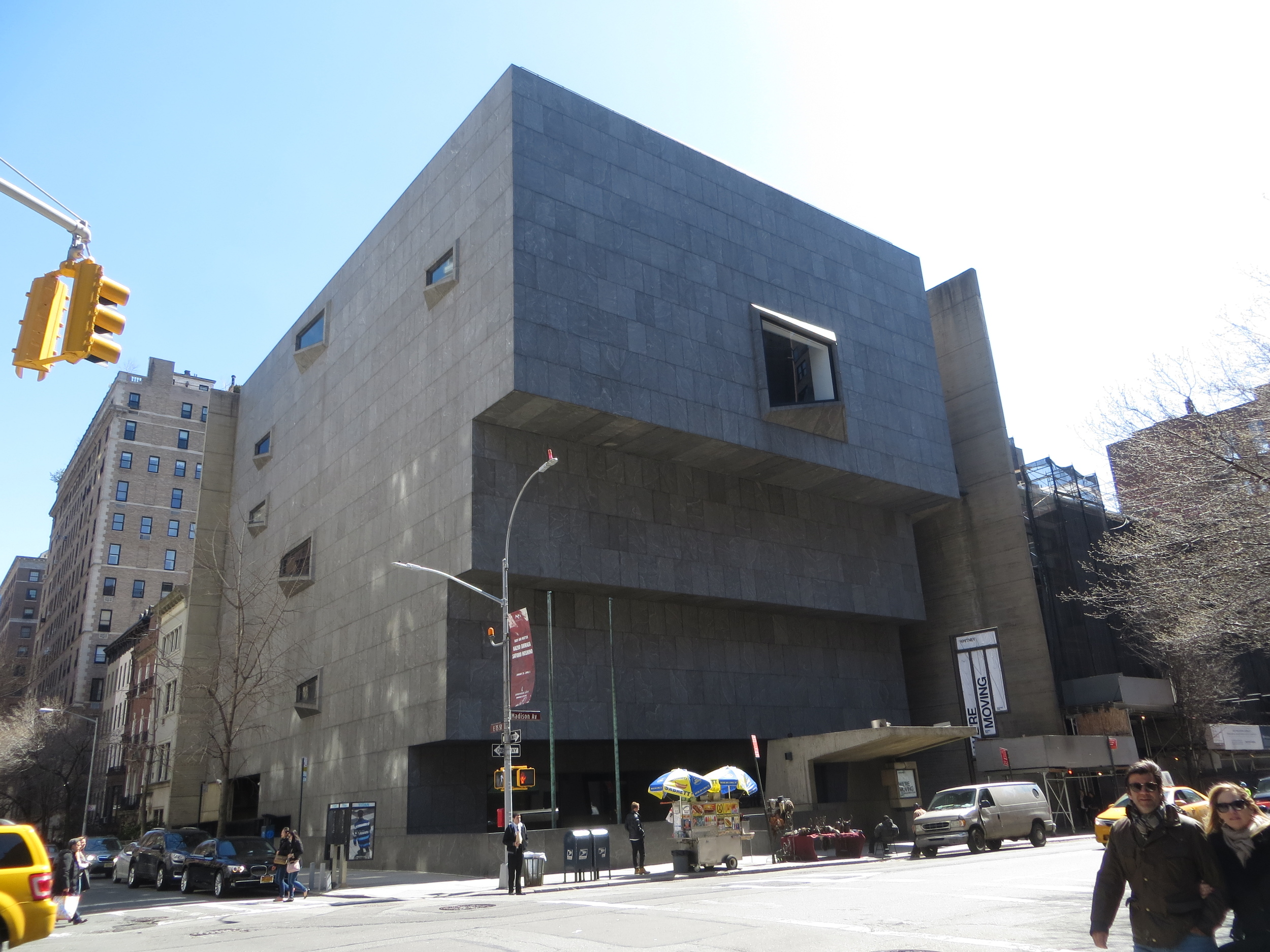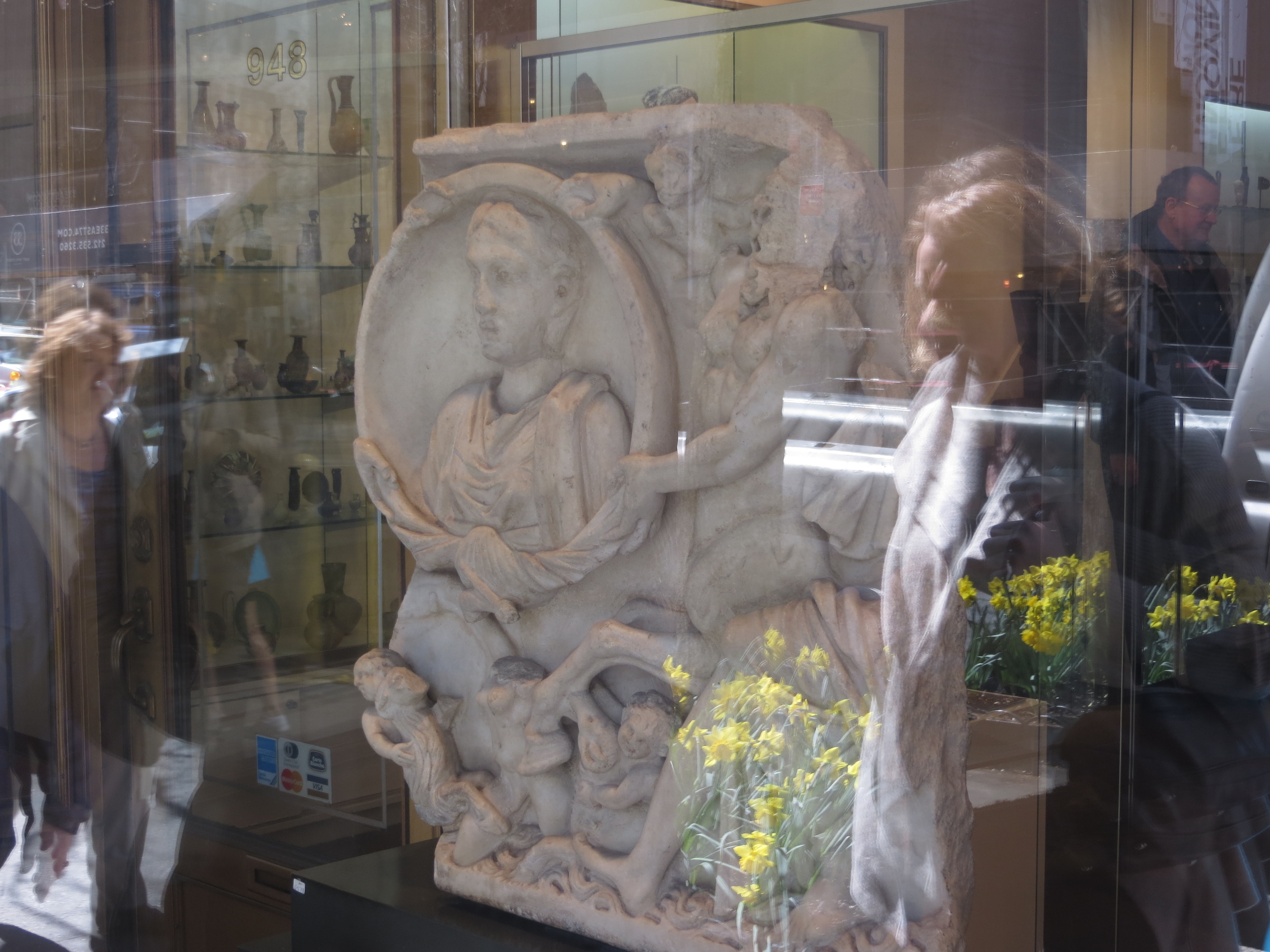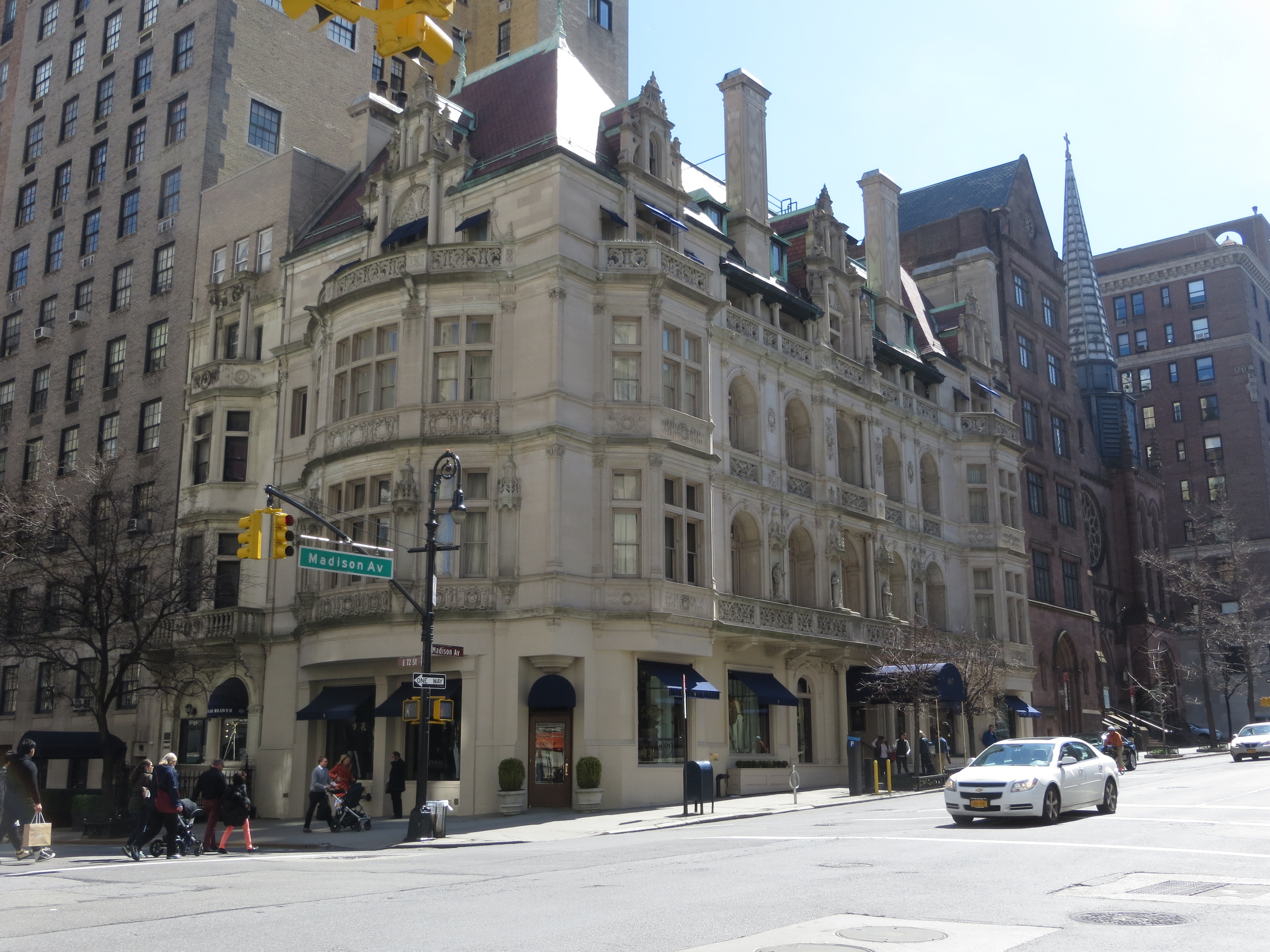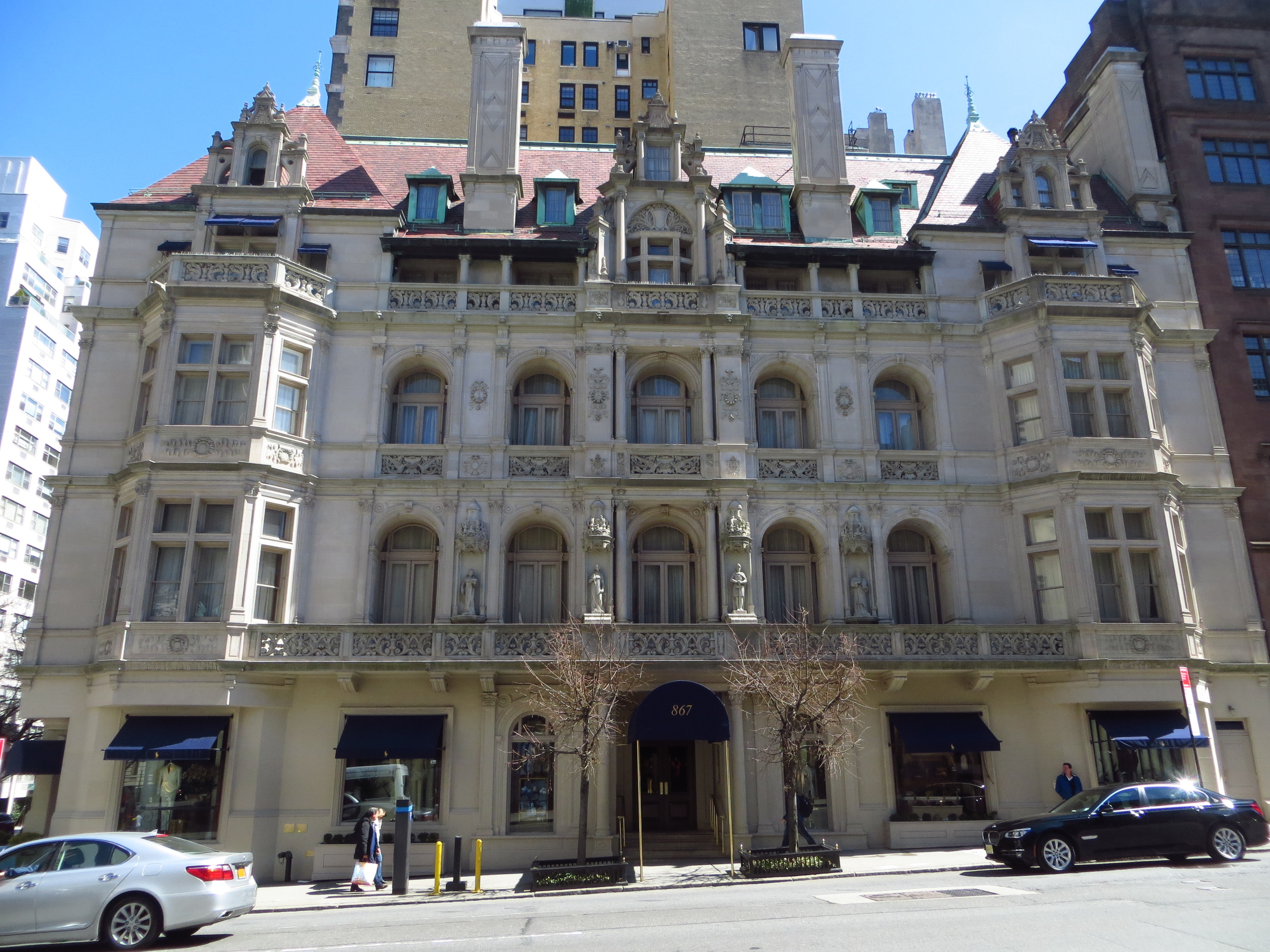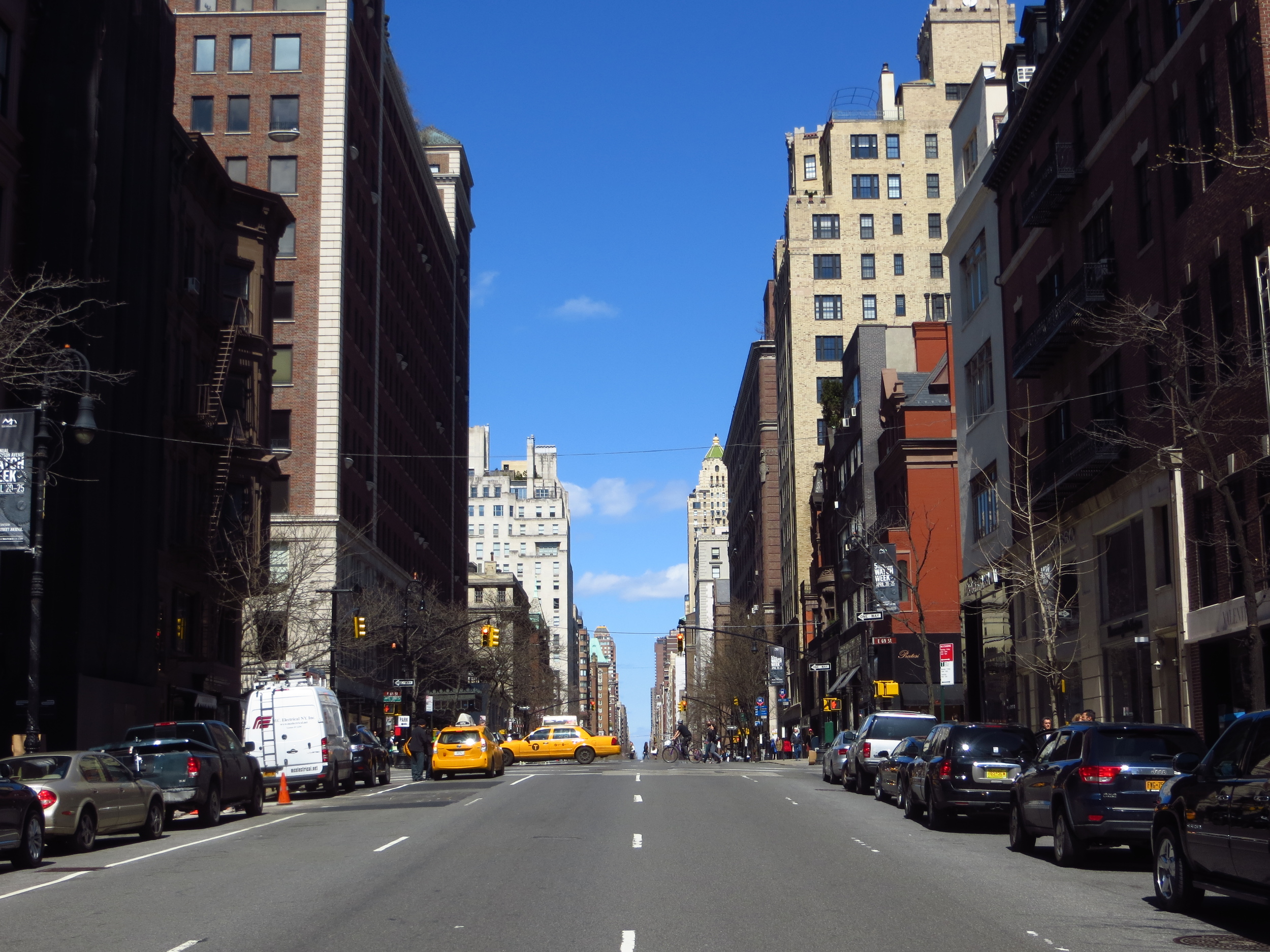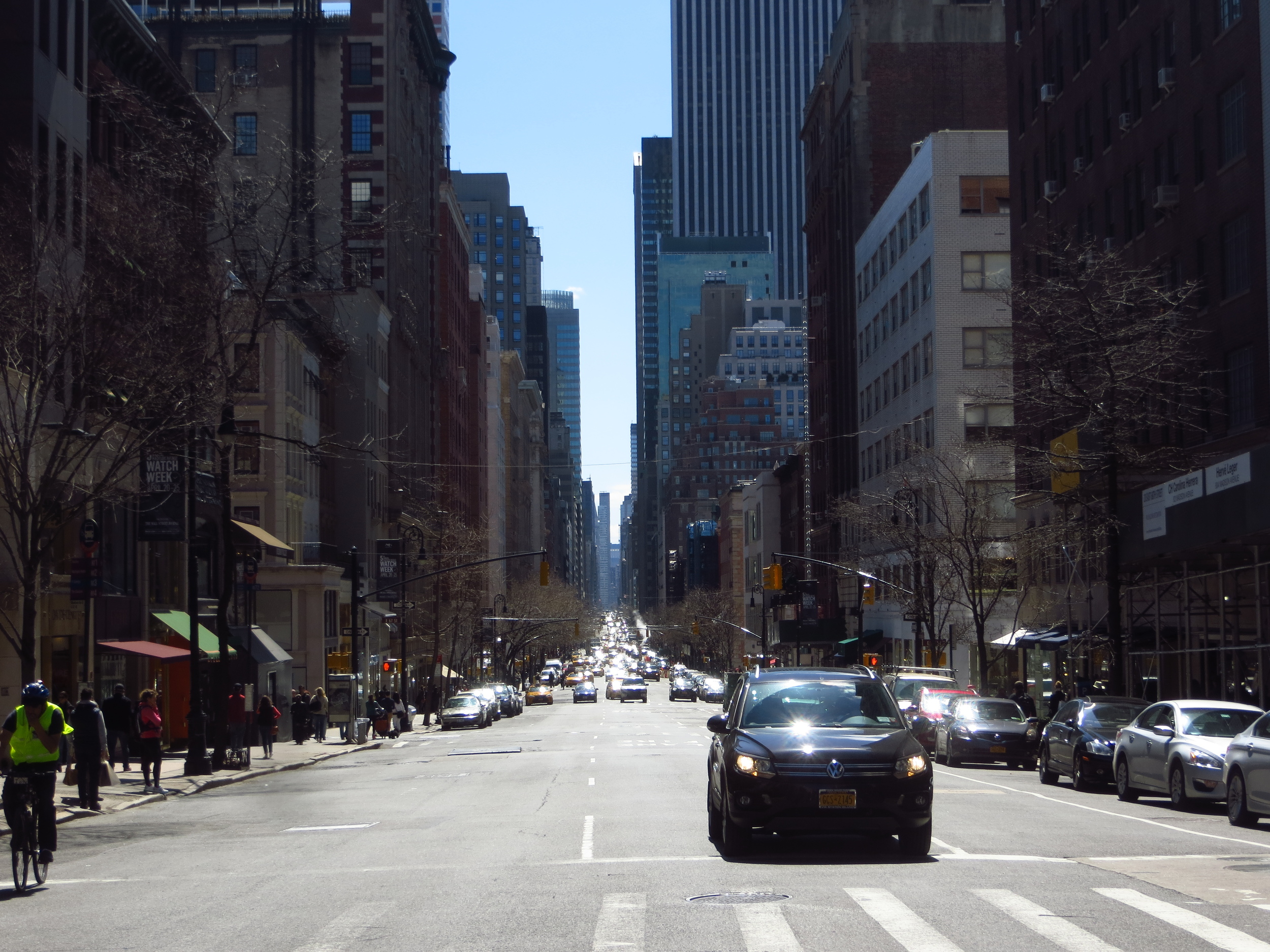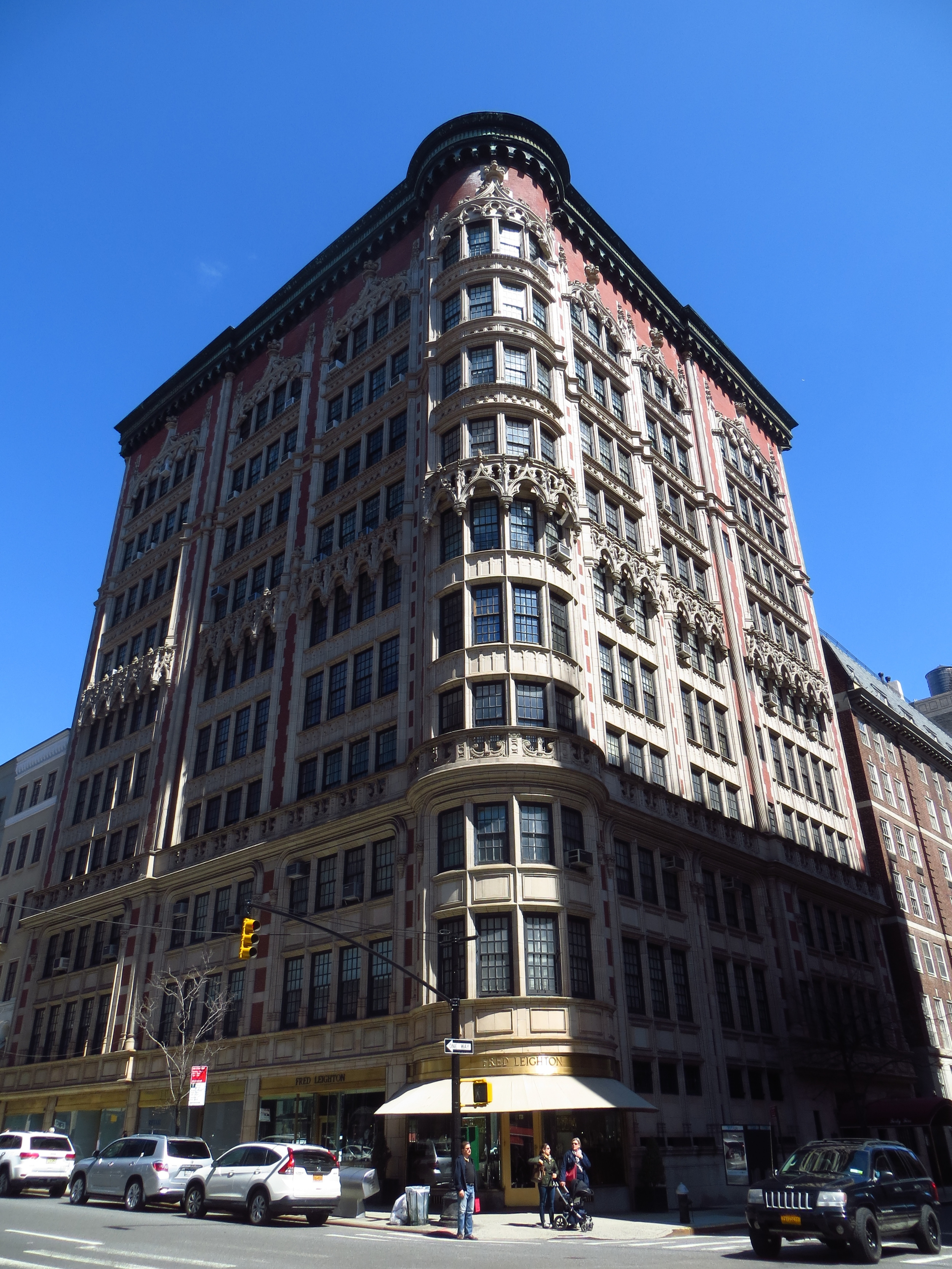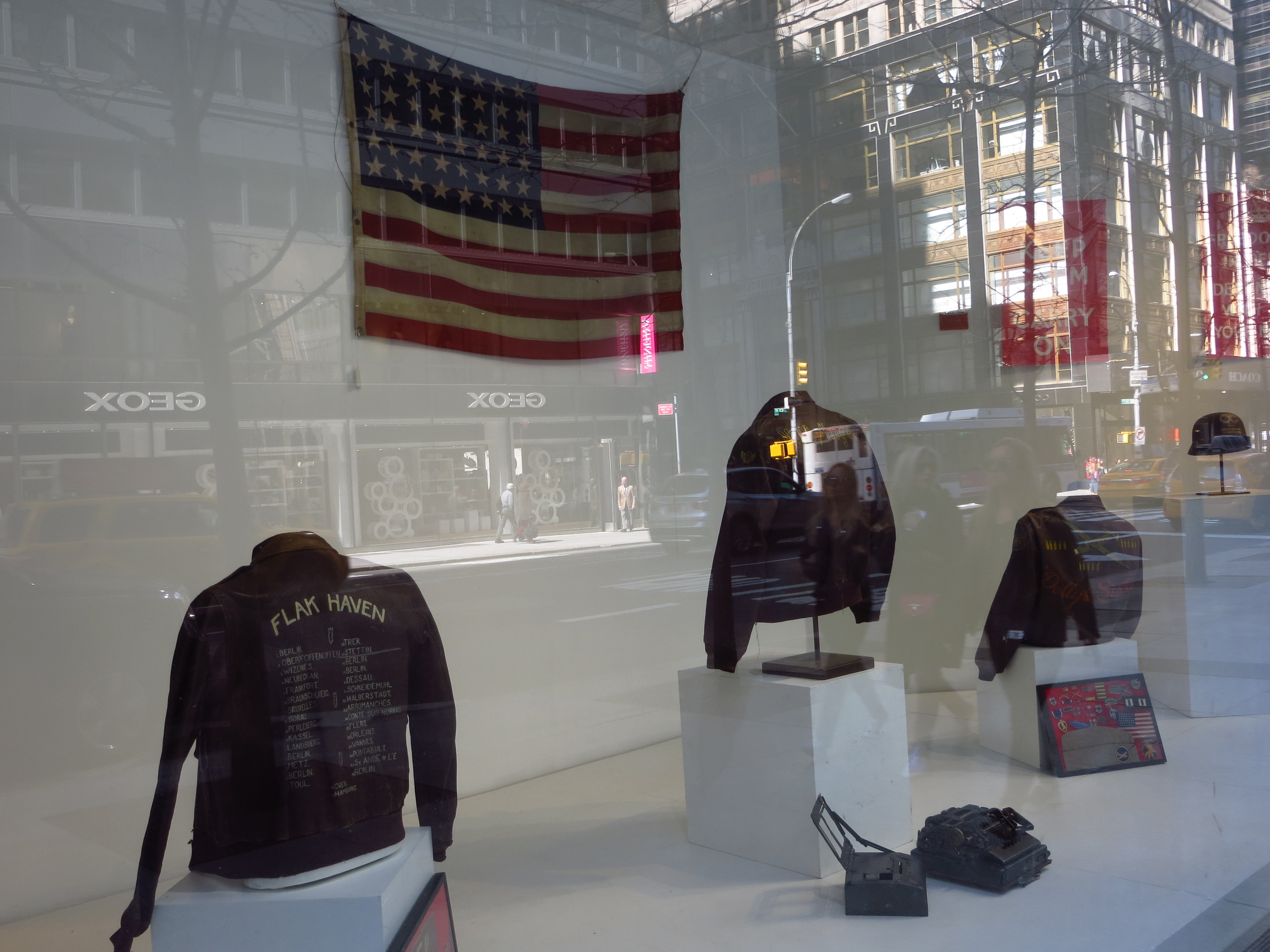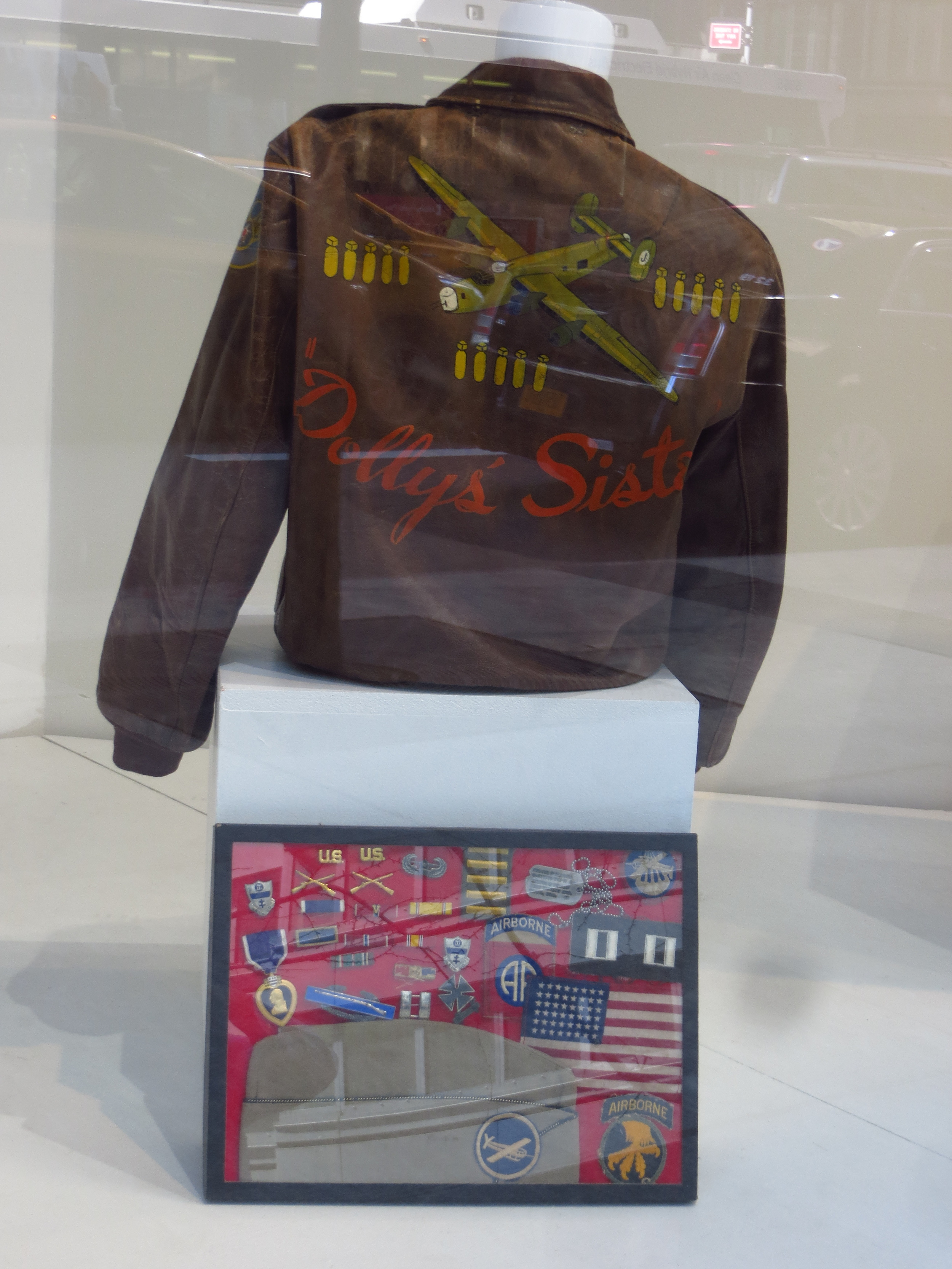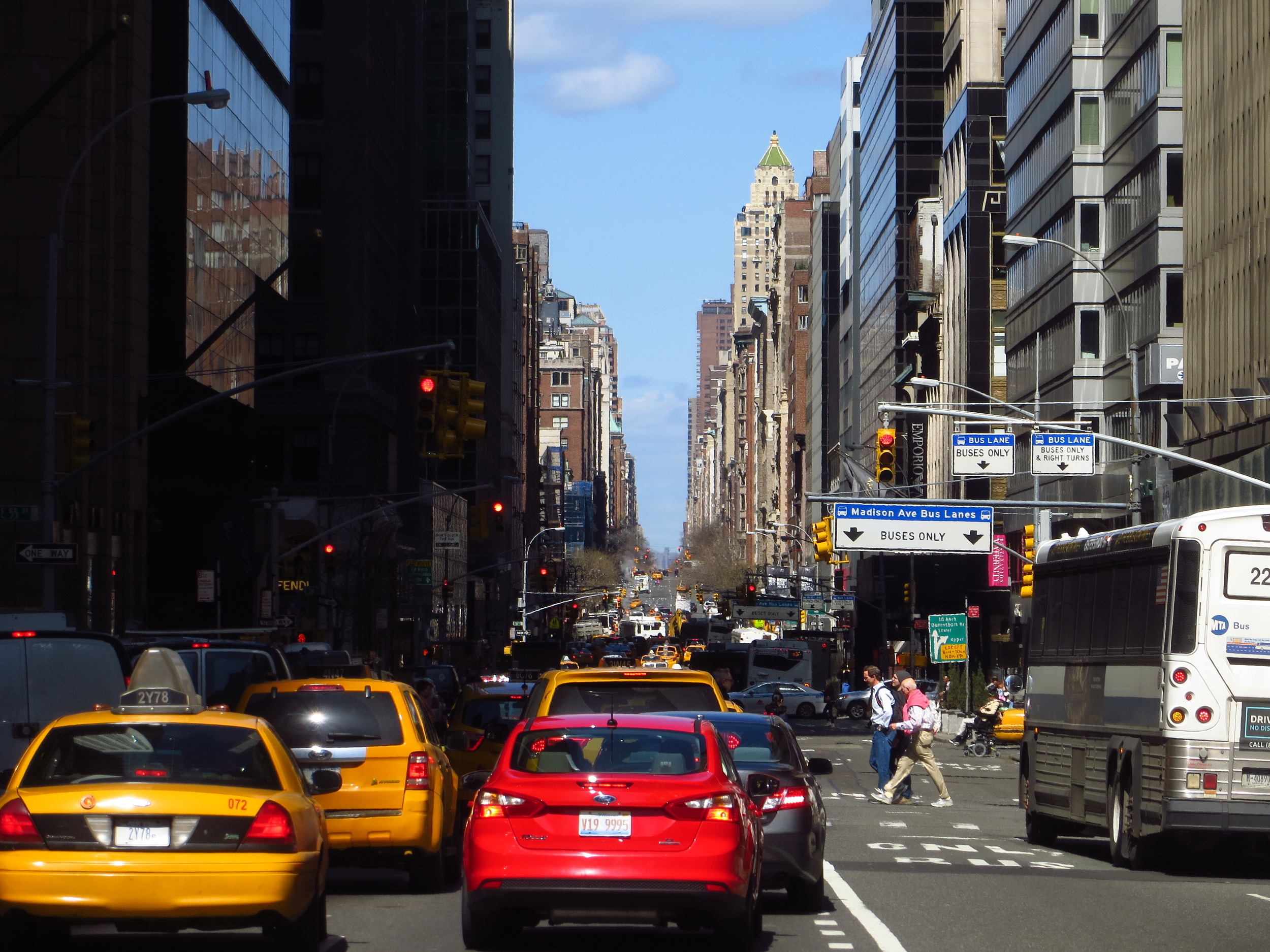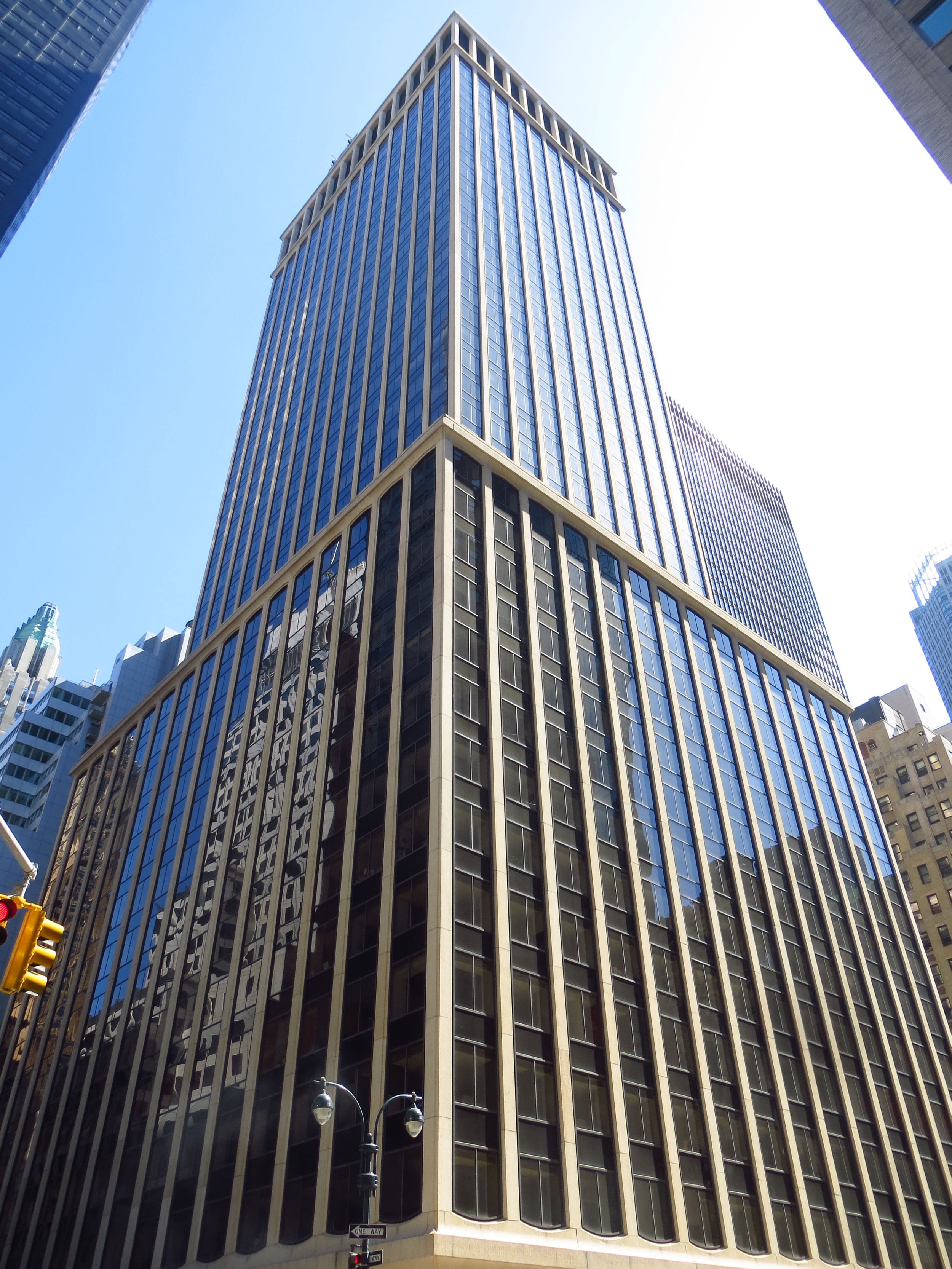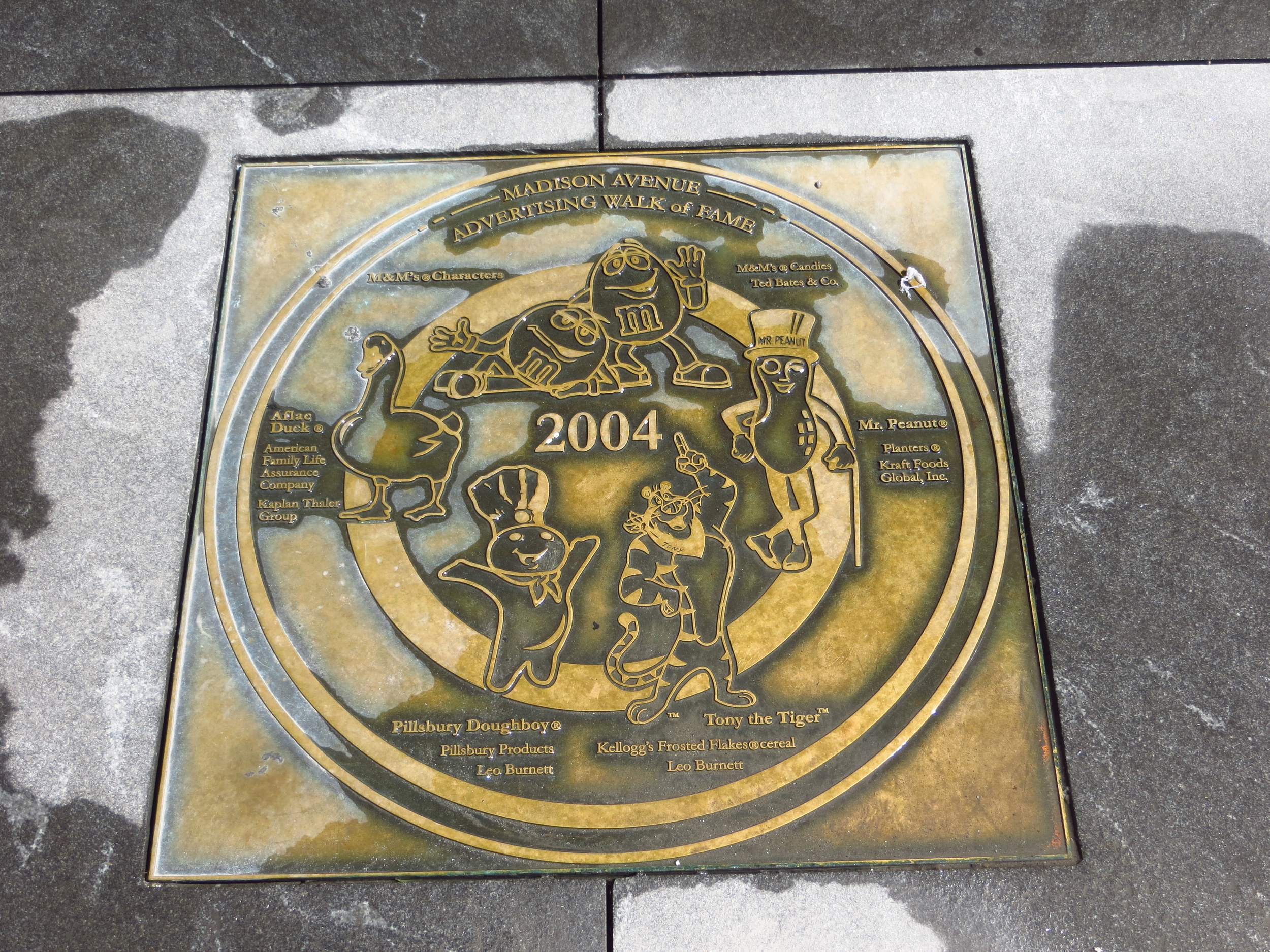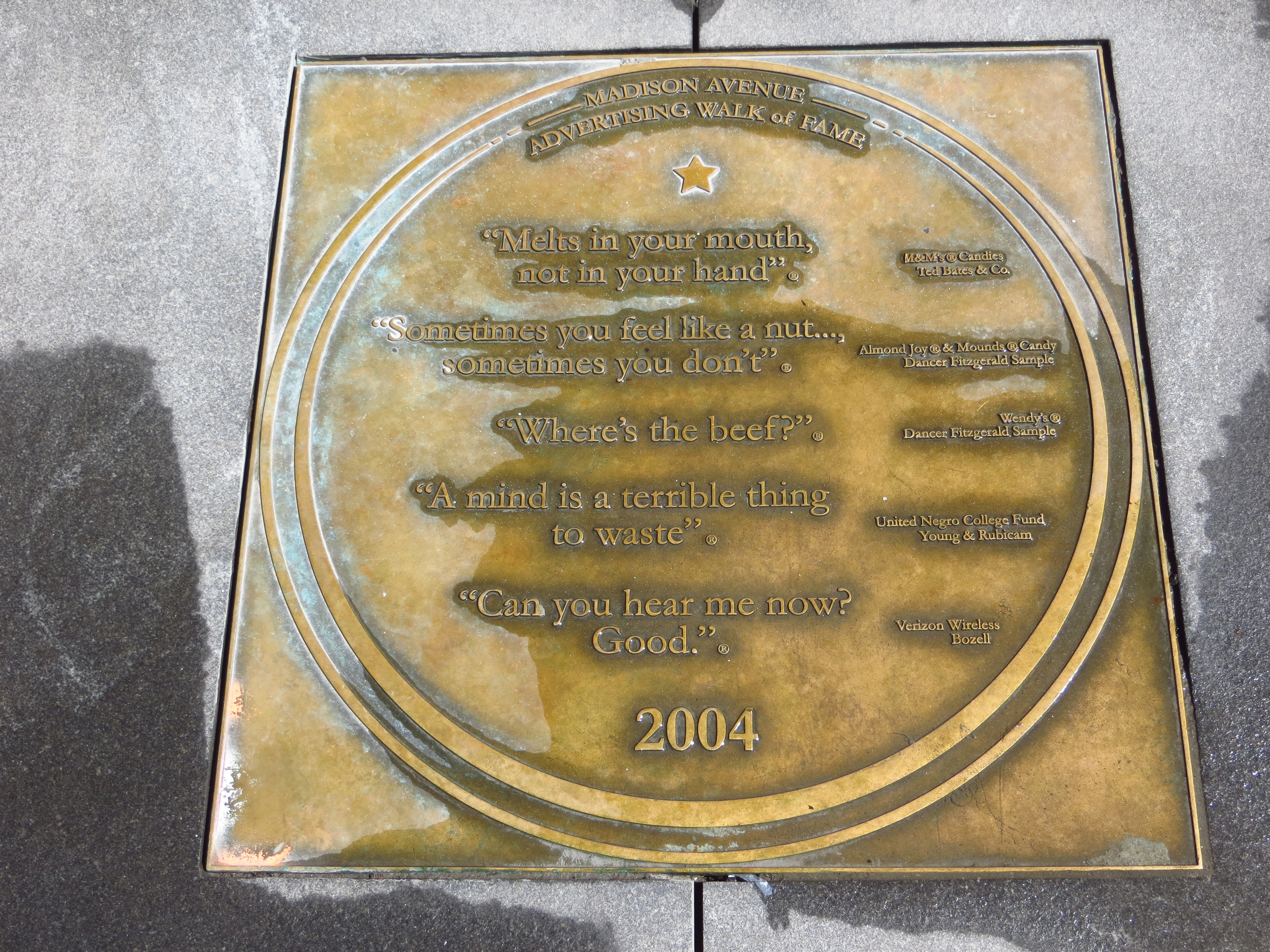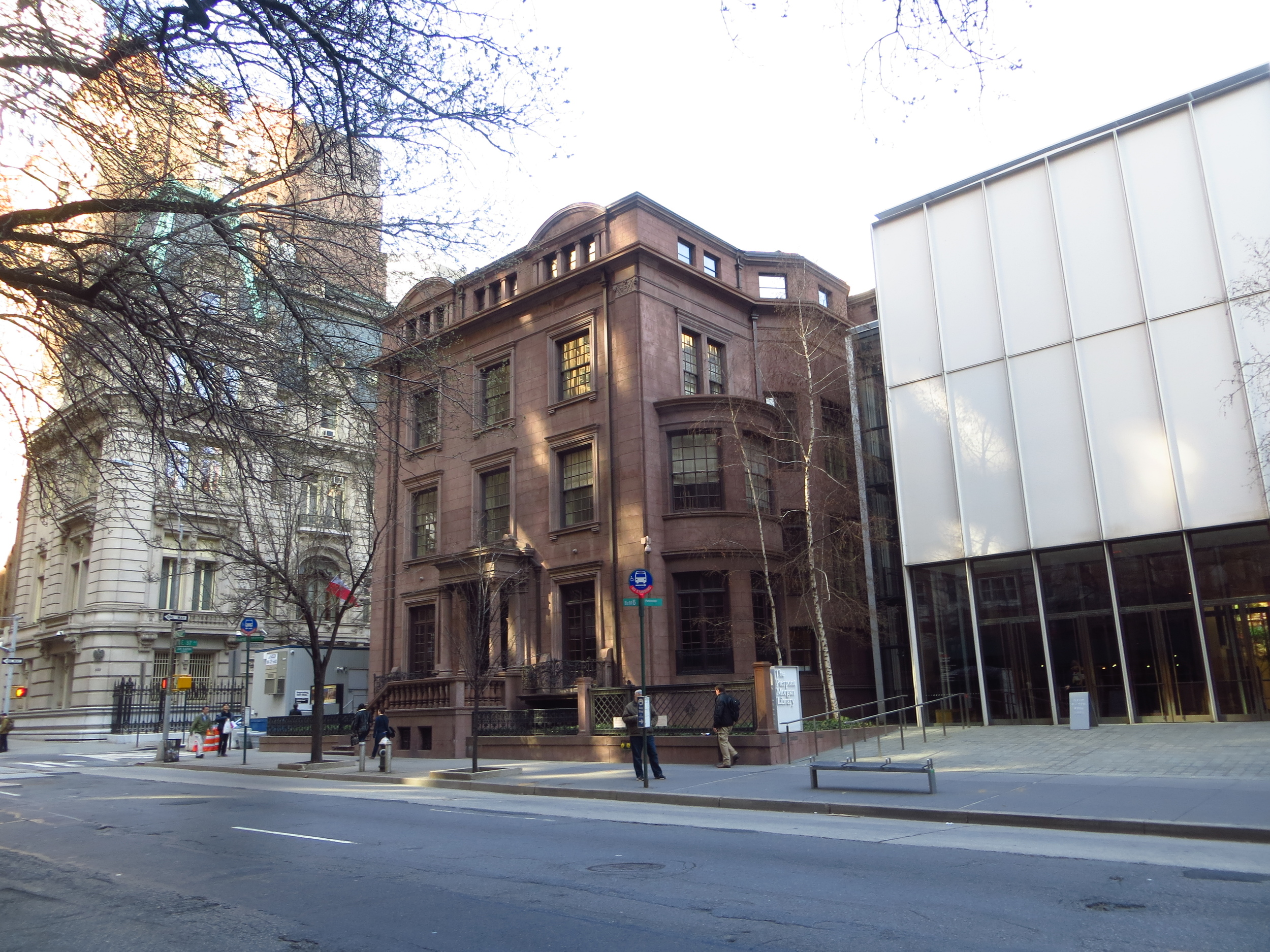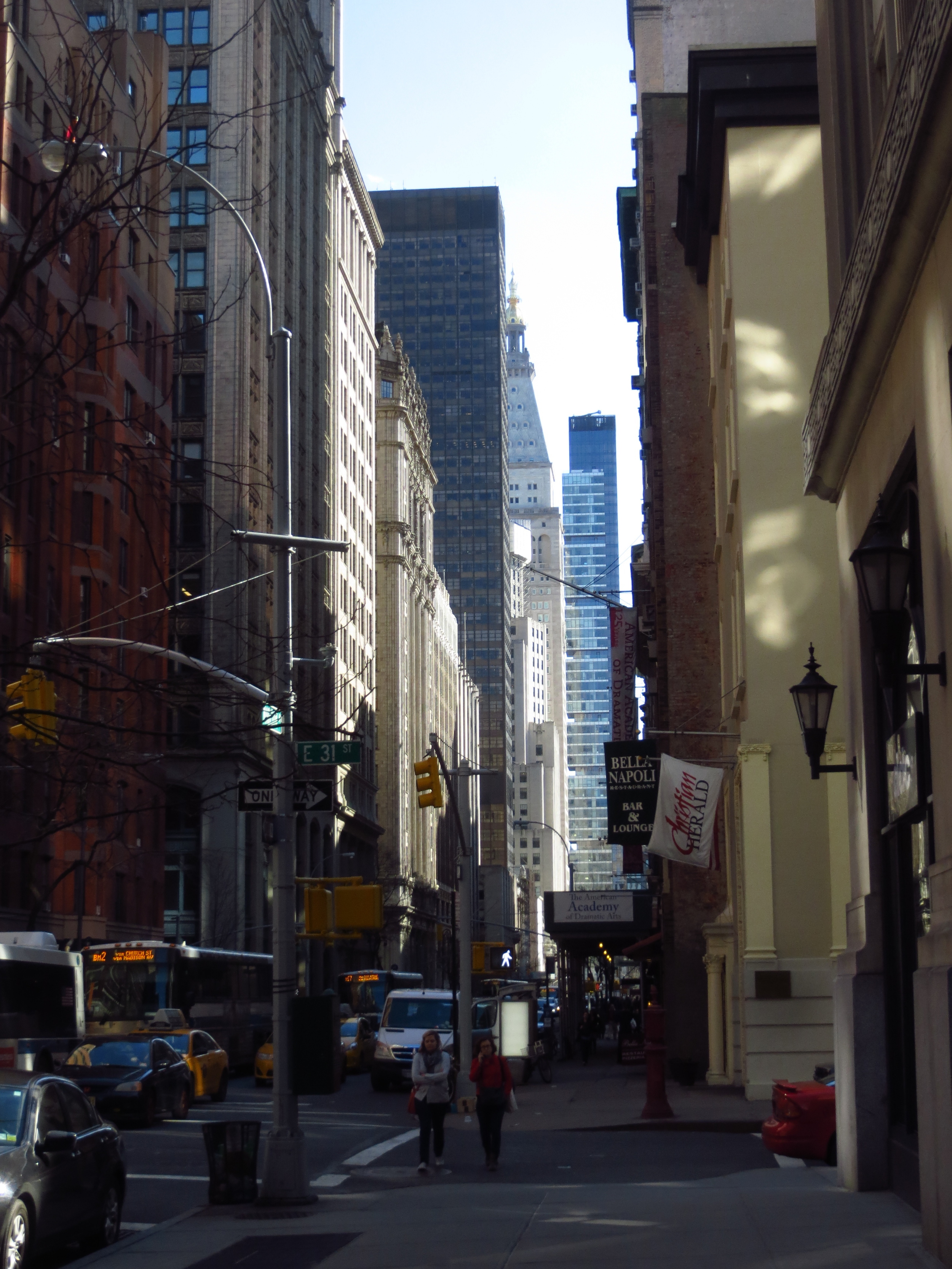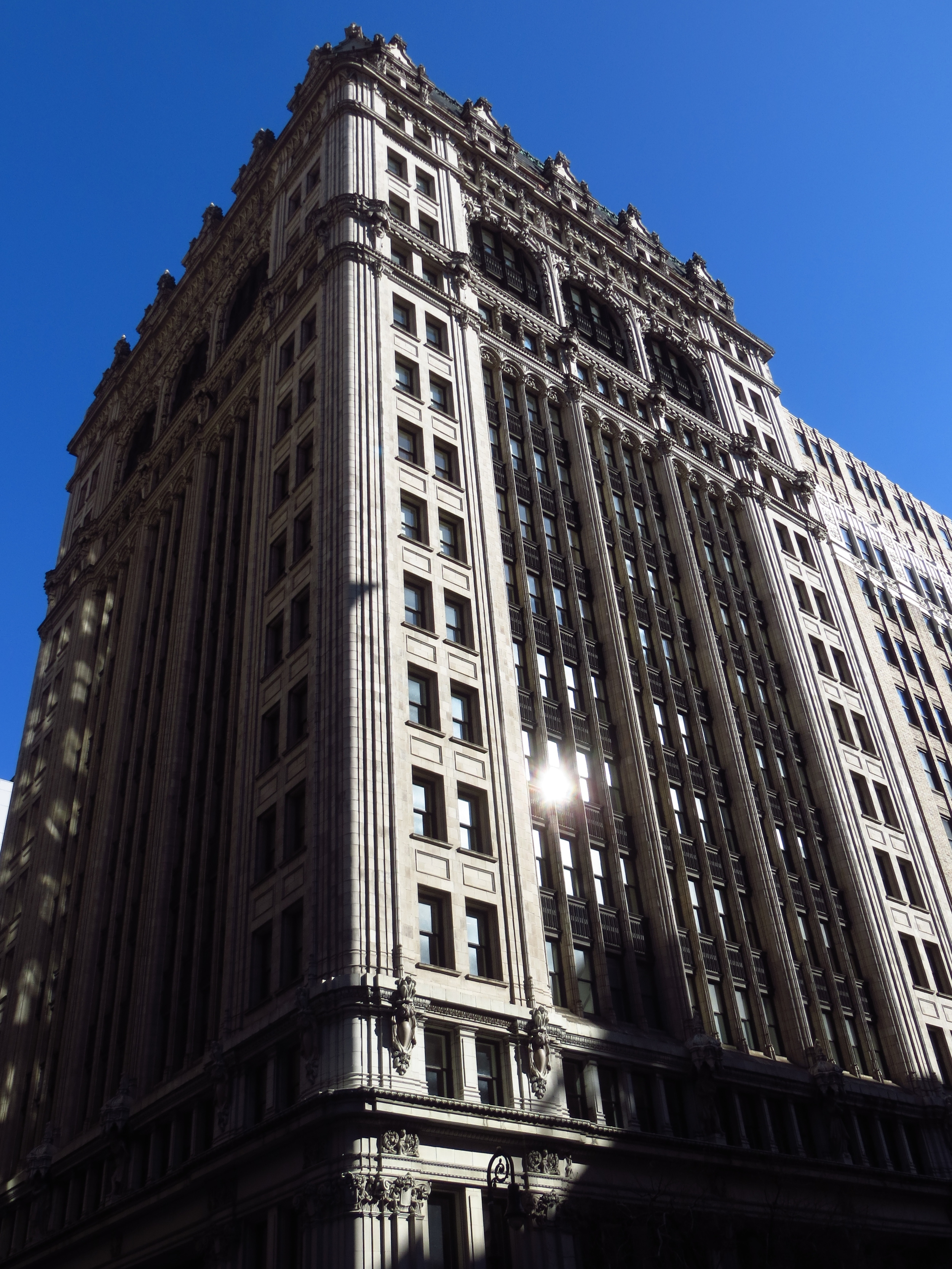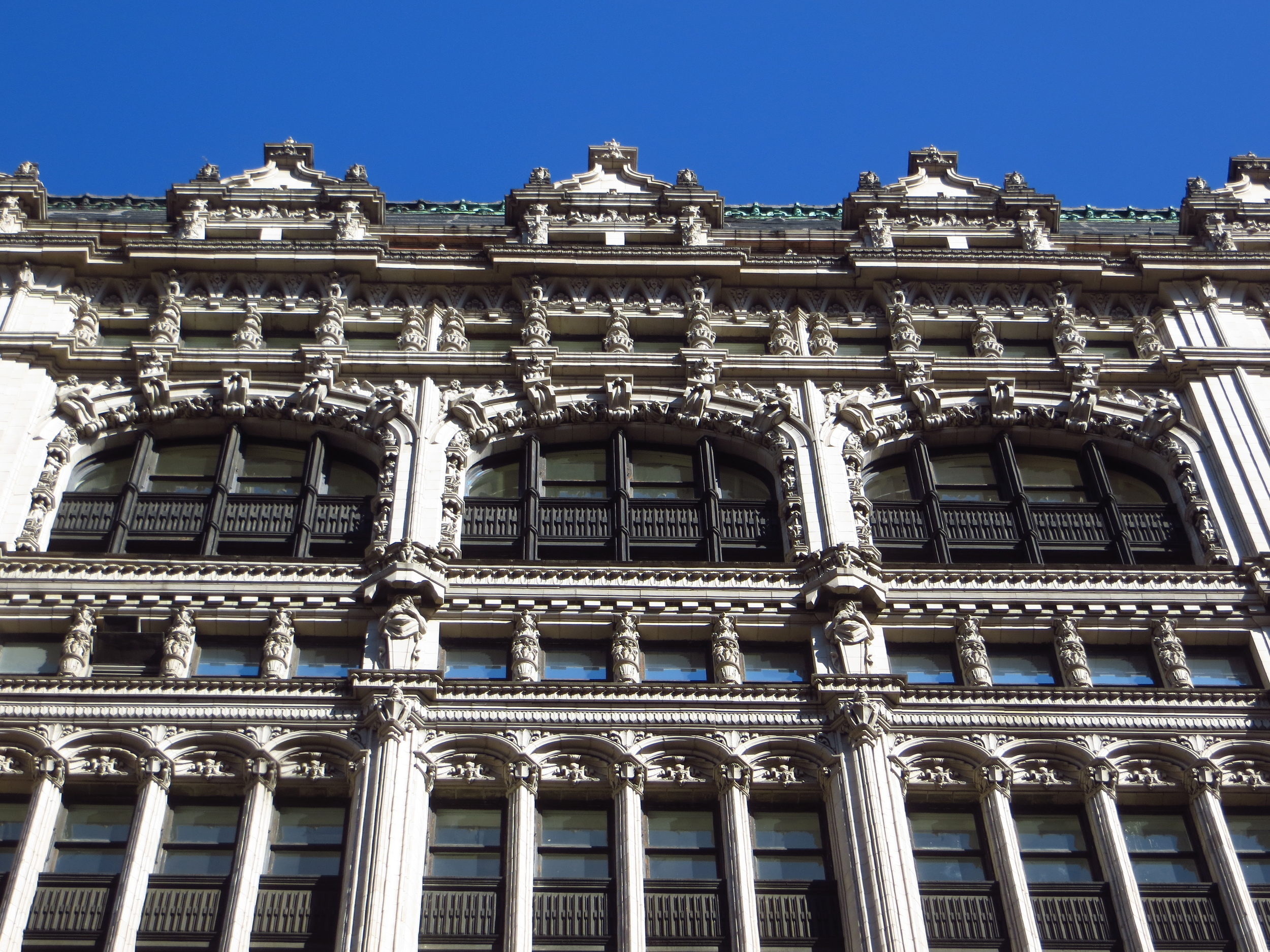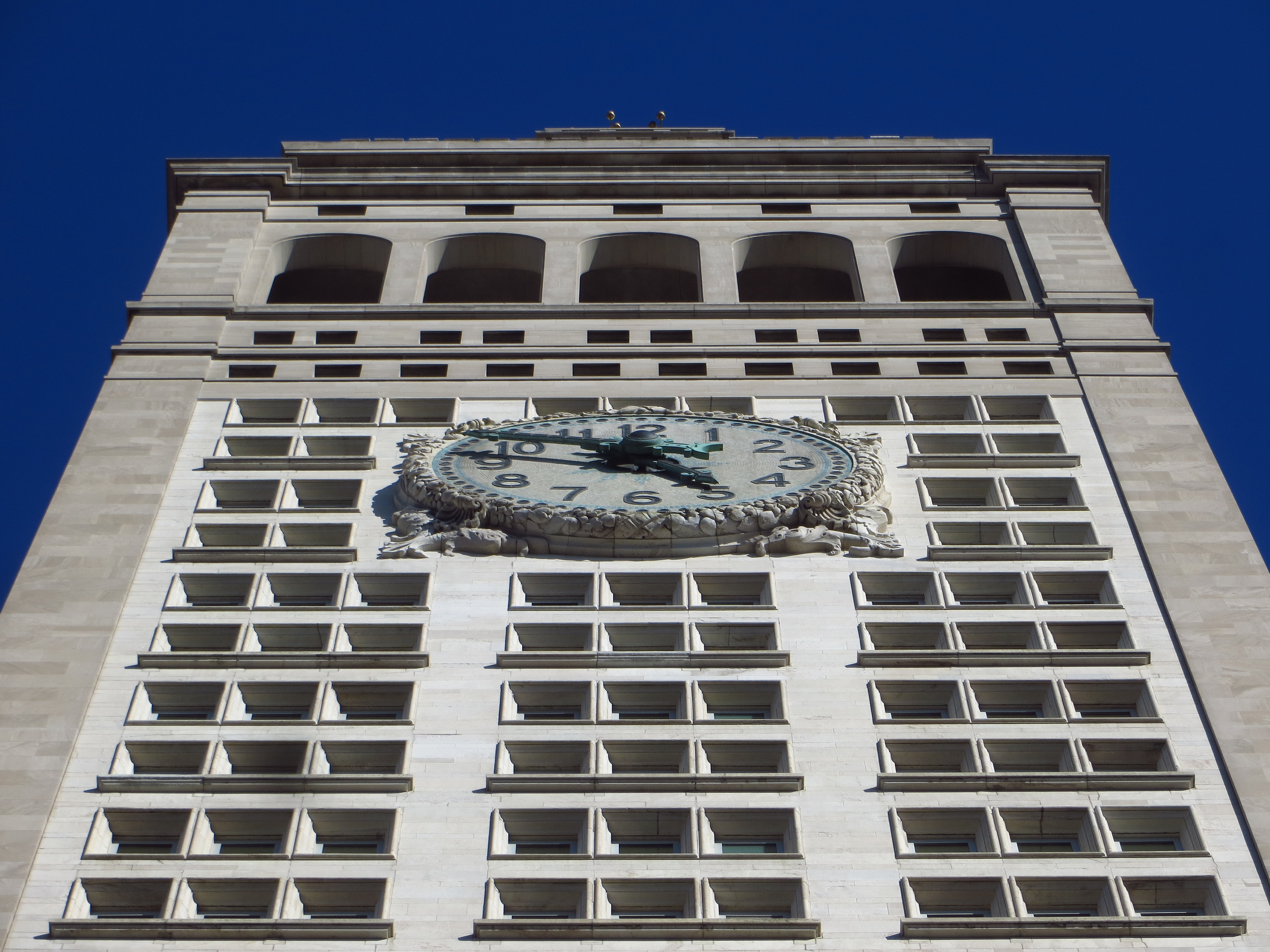Madison Avenue
Today I walked Madison Avenue, which runs 6 miles from 23rd Street at Madison Square Park to 148th St. in Harlem.
Today's walk
Madison Avenue, which lies in between 5th Avenue and Park Avenue (originally 4th Avenue), was a bit of an afterthought. It did not exist on the Commissioner's Plan of 1811 (the master plan the laid out the grid of Manhattan north of 14th St.), but was created by lawyer and real estate developer, Samuel Ruggles. Ruggles was also responsible for the development of Lexington Avenue (Madison Avenue's counterpart between Park and 3rd), Gramercy Park, and Union Square, and in his later life served as Commissioner for the Erie Canal.
More than anything else Madison Avenue is best known for its role in the history of the American Advertising Industry. Beginning in the 1920's, Madison Avenue was ground-zero for all advertising firms in New York. But, just as many of the City's financial firms no longer have physical offices on Wall St., most ad agencies have left Madison Avenue (a trend started when Sterling Cooper Draper Pryce moved to the Time Life Building on 6th Avenue in their fourth season).
It's worth noting that Madison Square Garden is not located on Madison Avenue. Four separate buildings have carried that name, but only the first two ("MSG I" and "MSG II") were actually on Madison Square. MSG I was built as a station for the New York and Harlem railroad in the 1870's but later leased to P.T. Barnum, who converted it into an oval arena with seating for 10,000 he called "Barnum's Monster Classical and Geological Hippodrome." It was taken back by the owners of the railroad (the Vanderbilt family) and renamed Madison Square Garden in 1879, and continued to function as venue for sporting events and exhibitions until 1890, when it was closed and replaced by MSG II.
Perhaps the most interesting detail about MSG II is that it was built by famous architect Stanford White, who kept an apartment in the building and was later murdered there. White had been involved in an extramarital affair with actress Evelyn Nesbit, and when Nesbit's husband, millionaire Harry Thaw, found out, he shot White in the restaurant on the rooftop of MSG II. The ensuing murder trial was hyped by the newspapers of William Randolph Hearst, and was one of the first "Trials of the Century." MSG II was demolished in 1925 and replaced by the New York Life Building.
